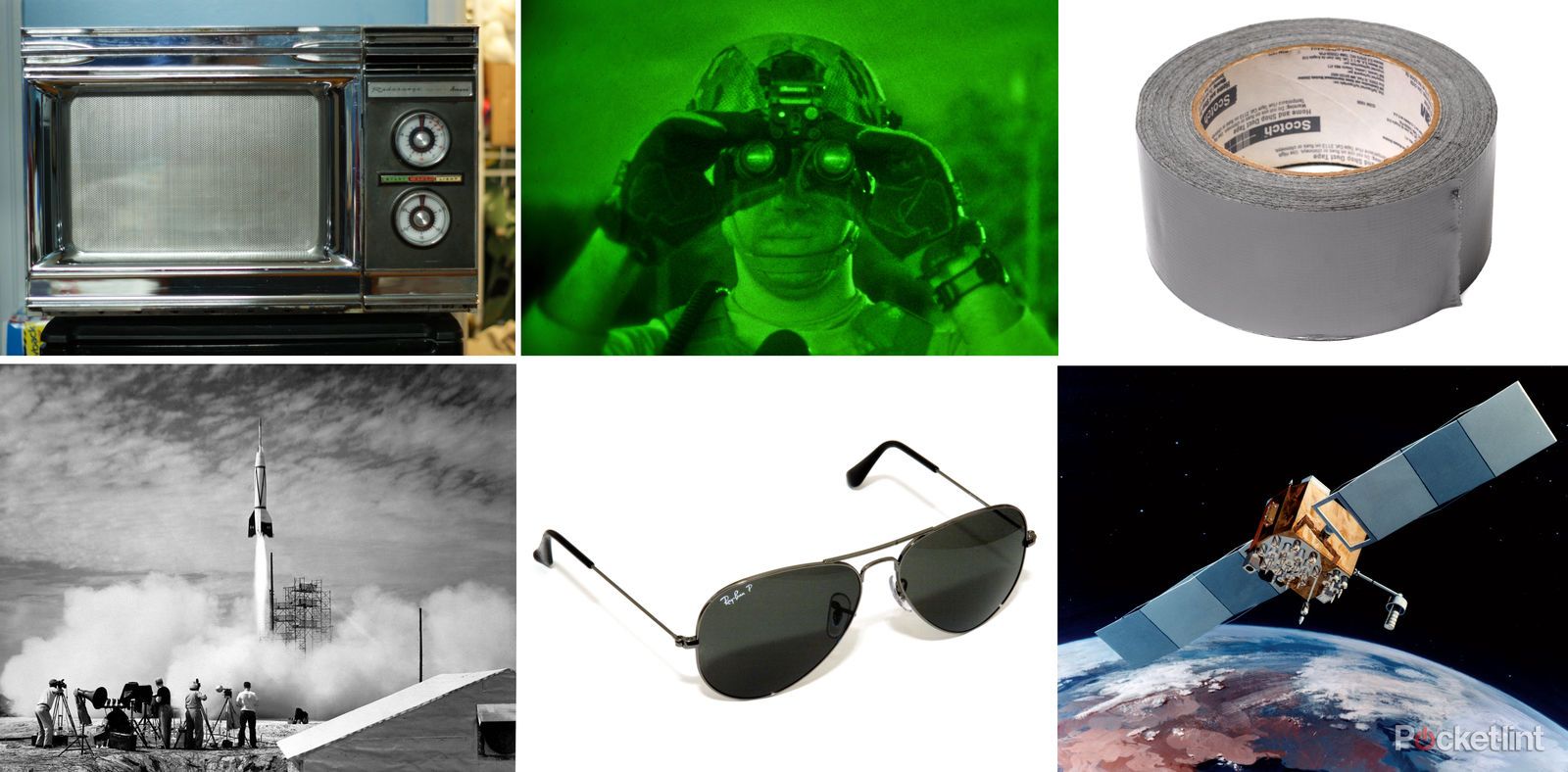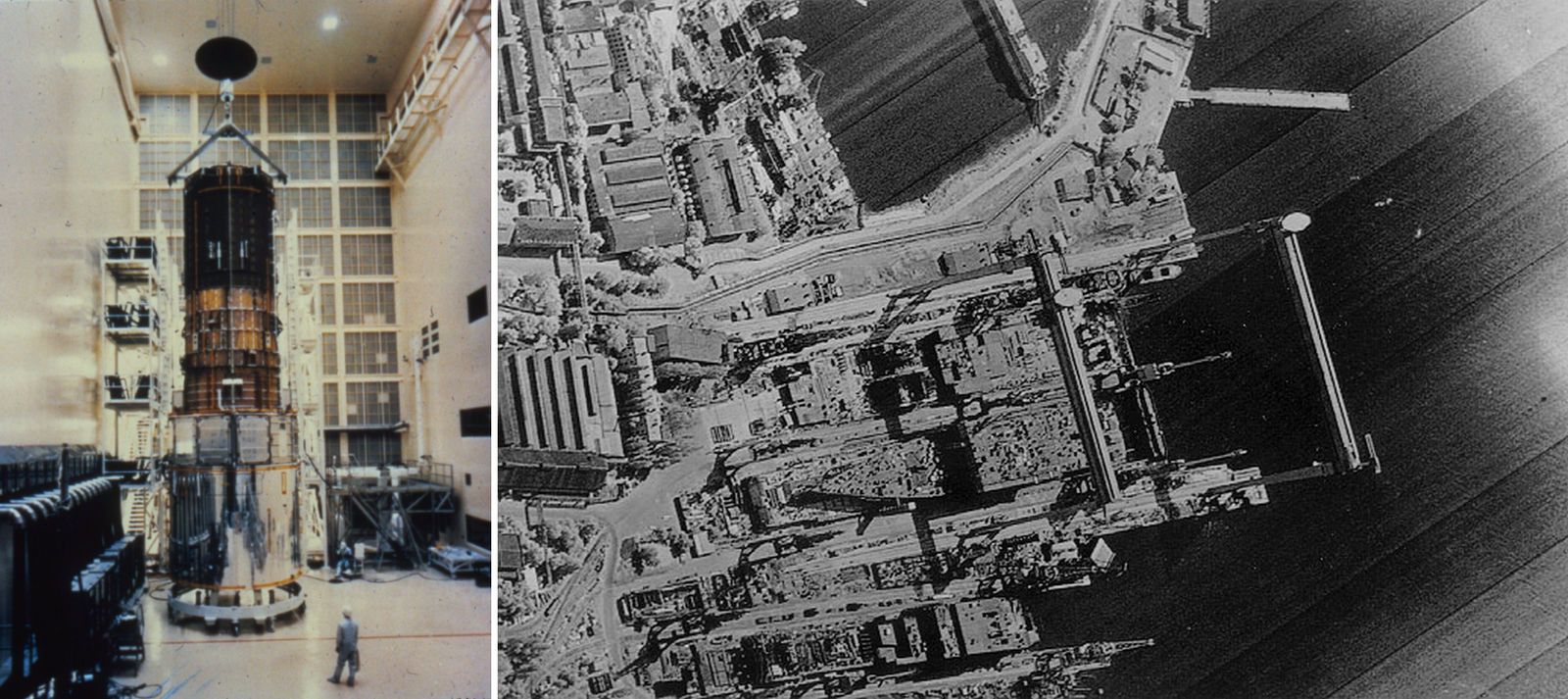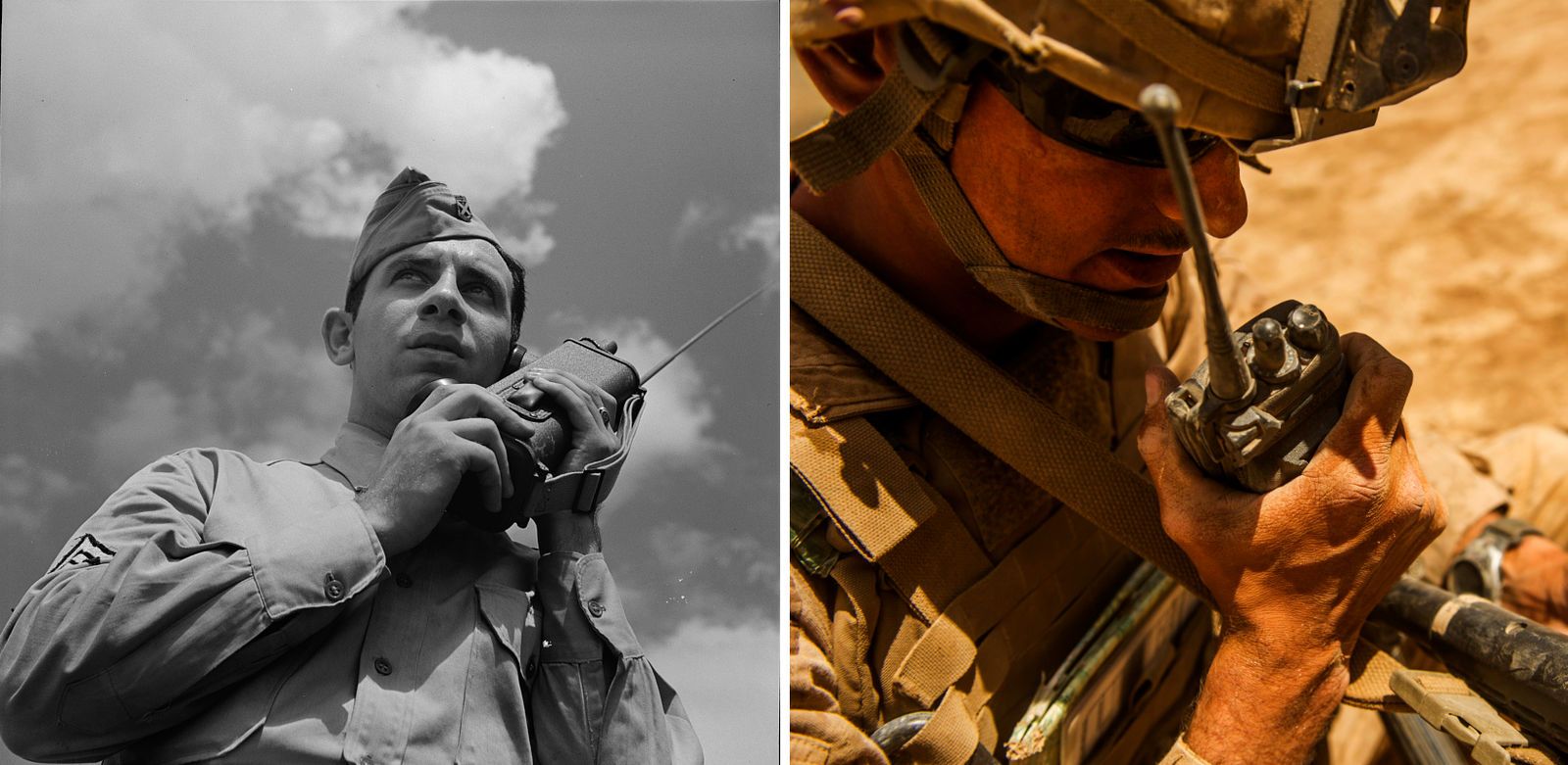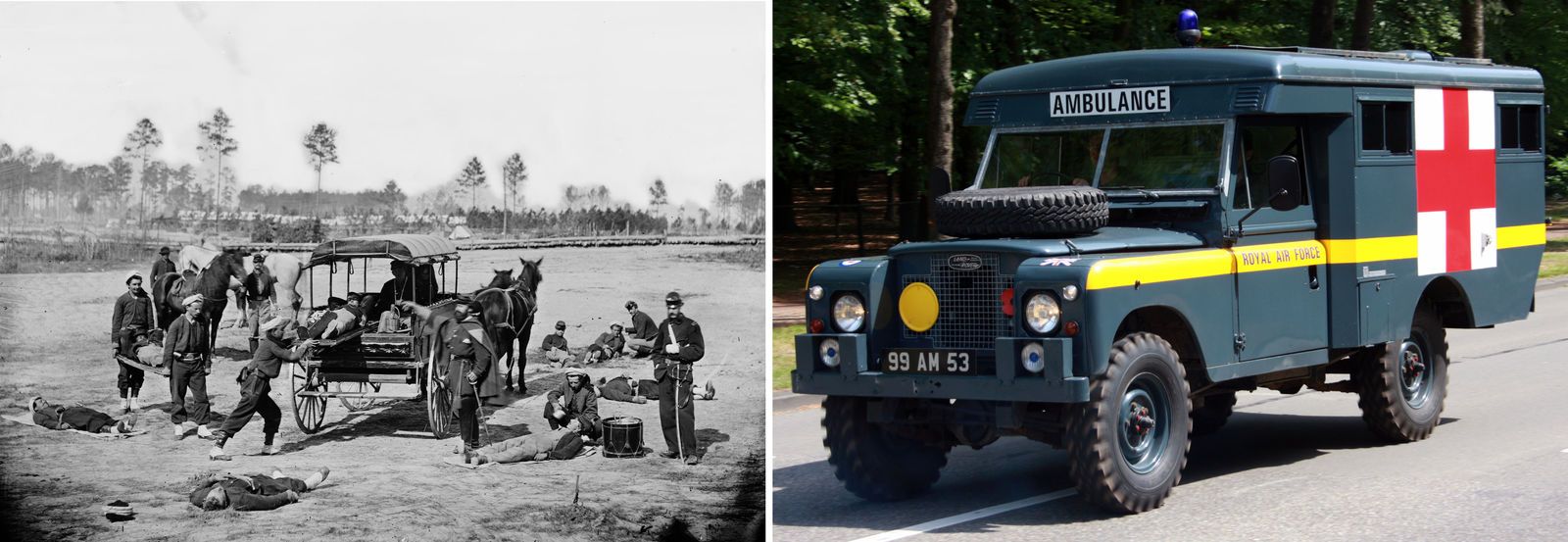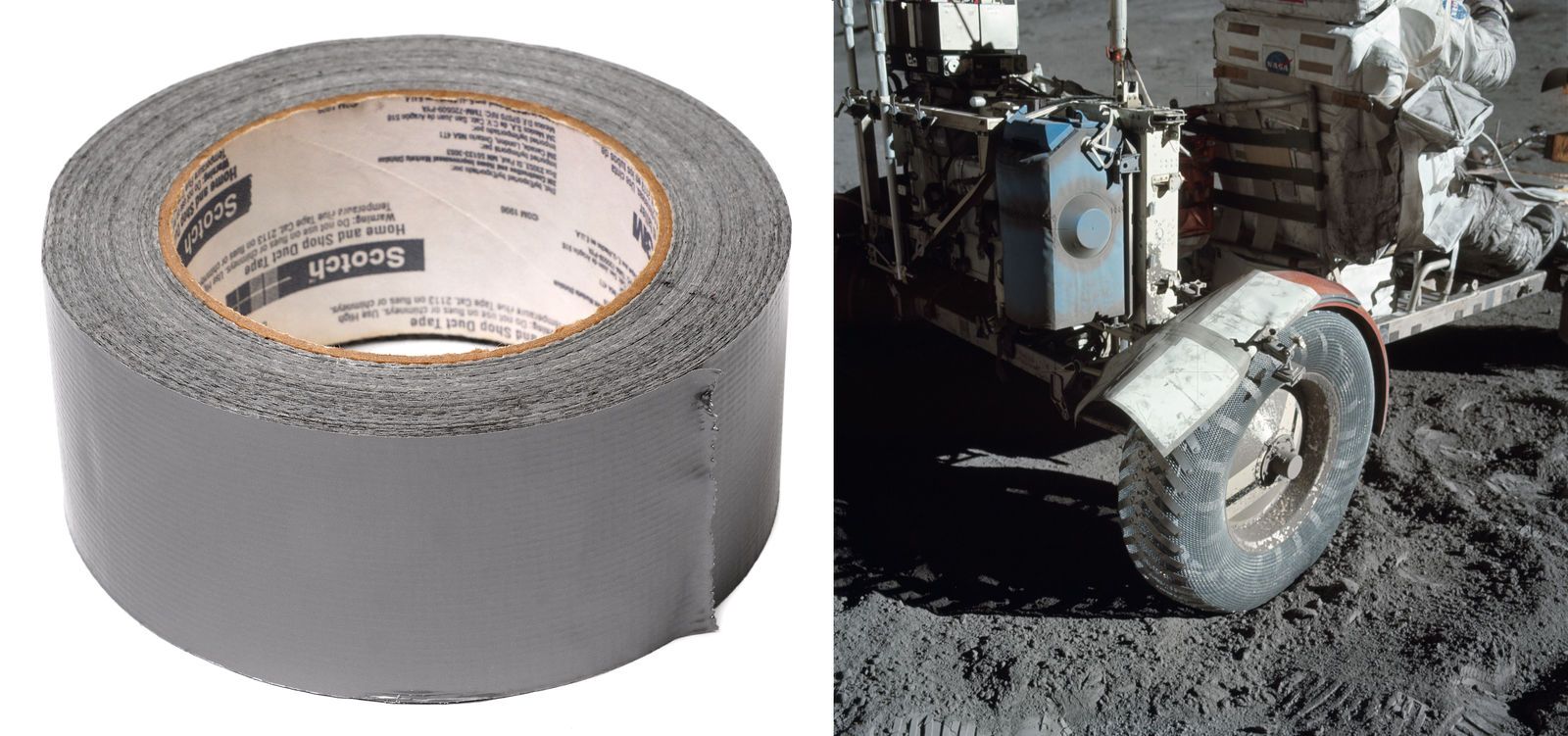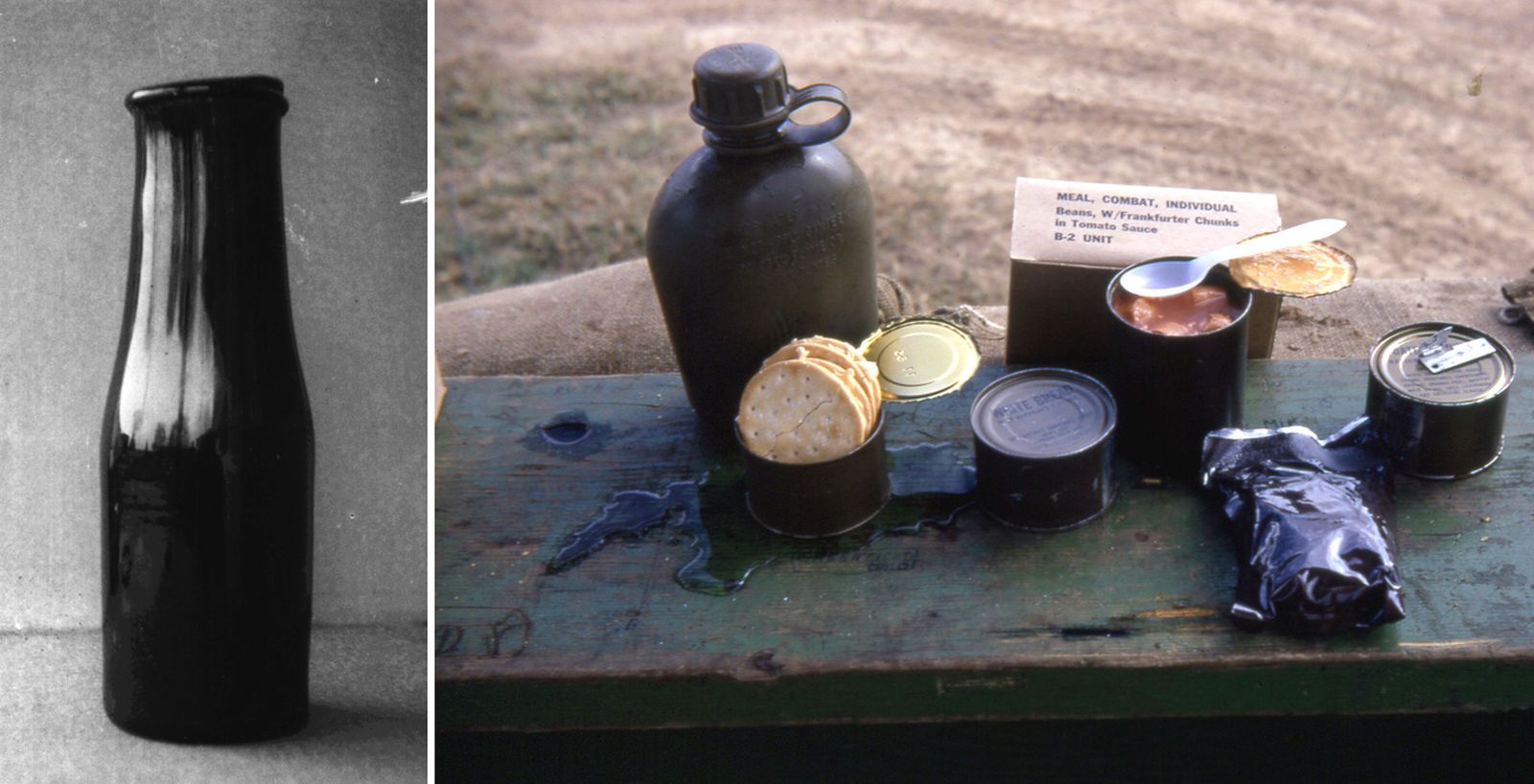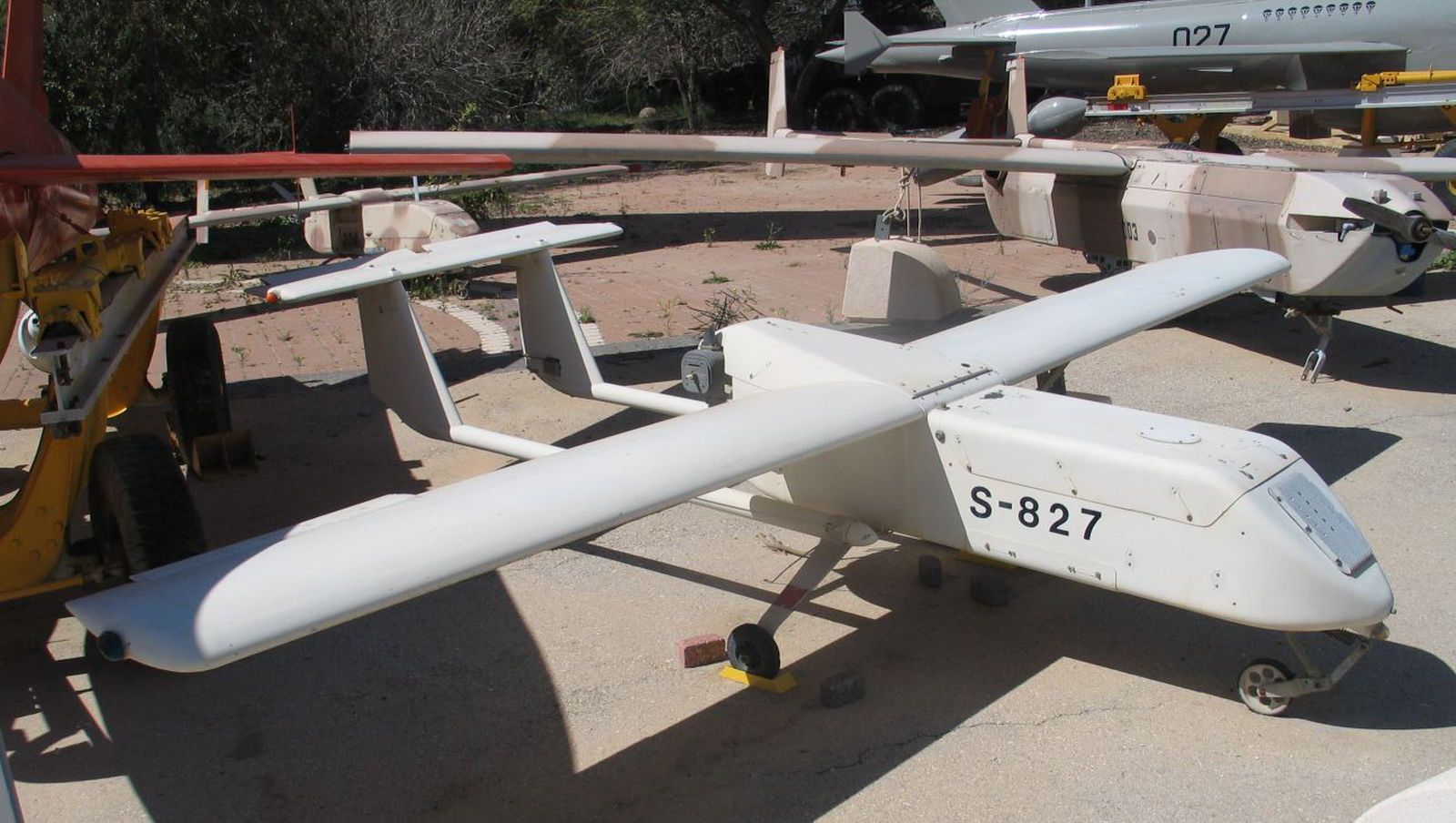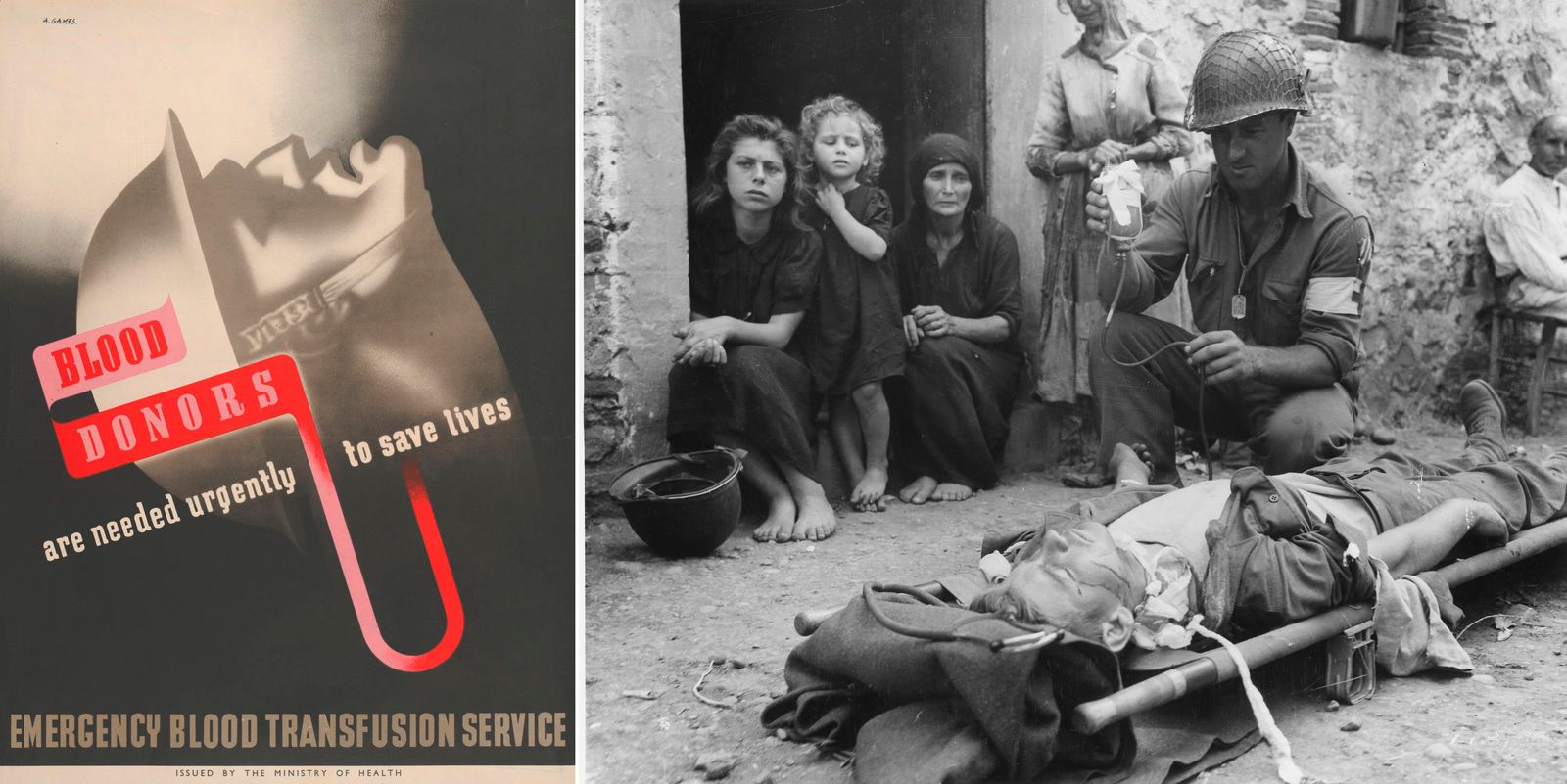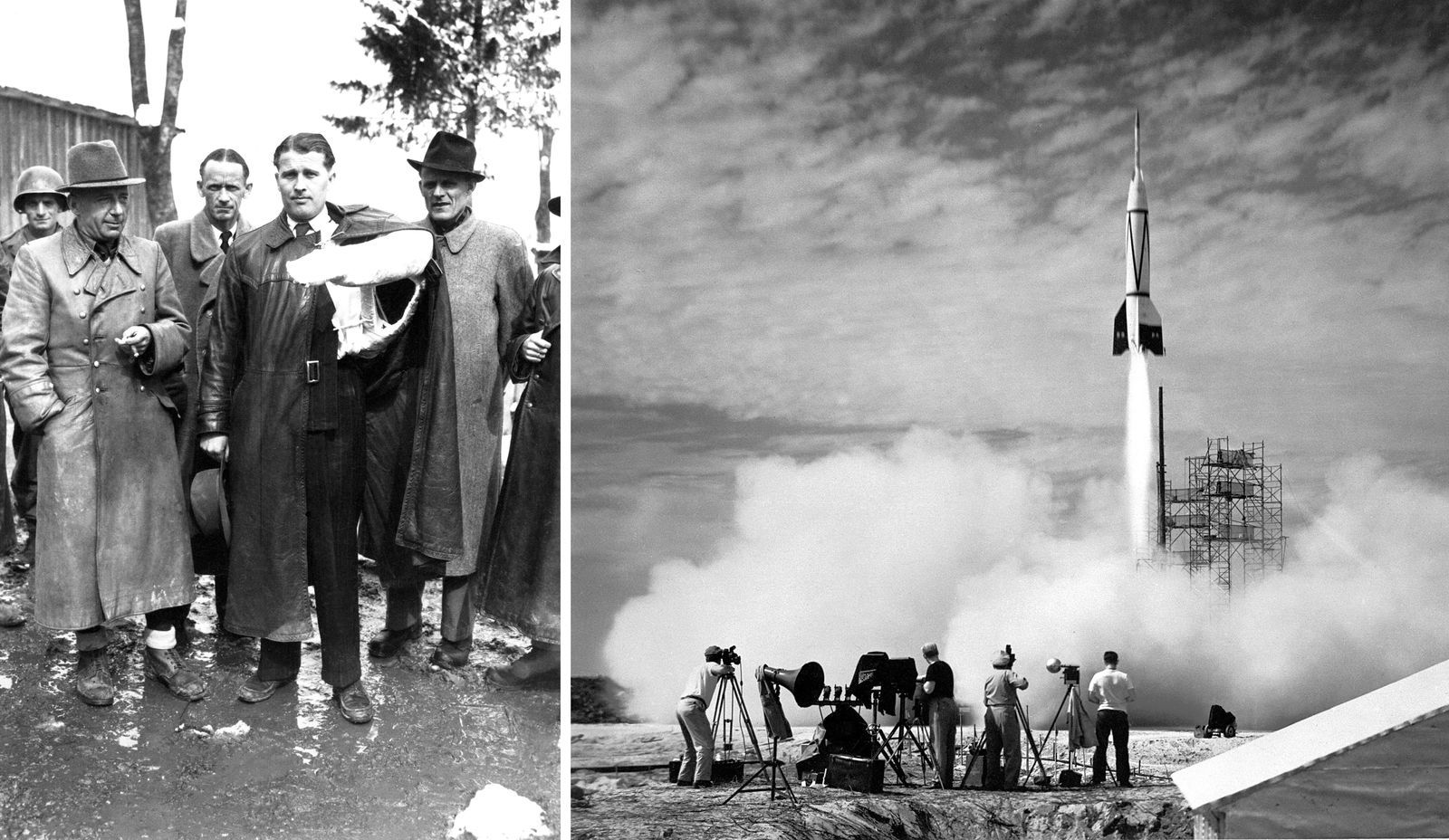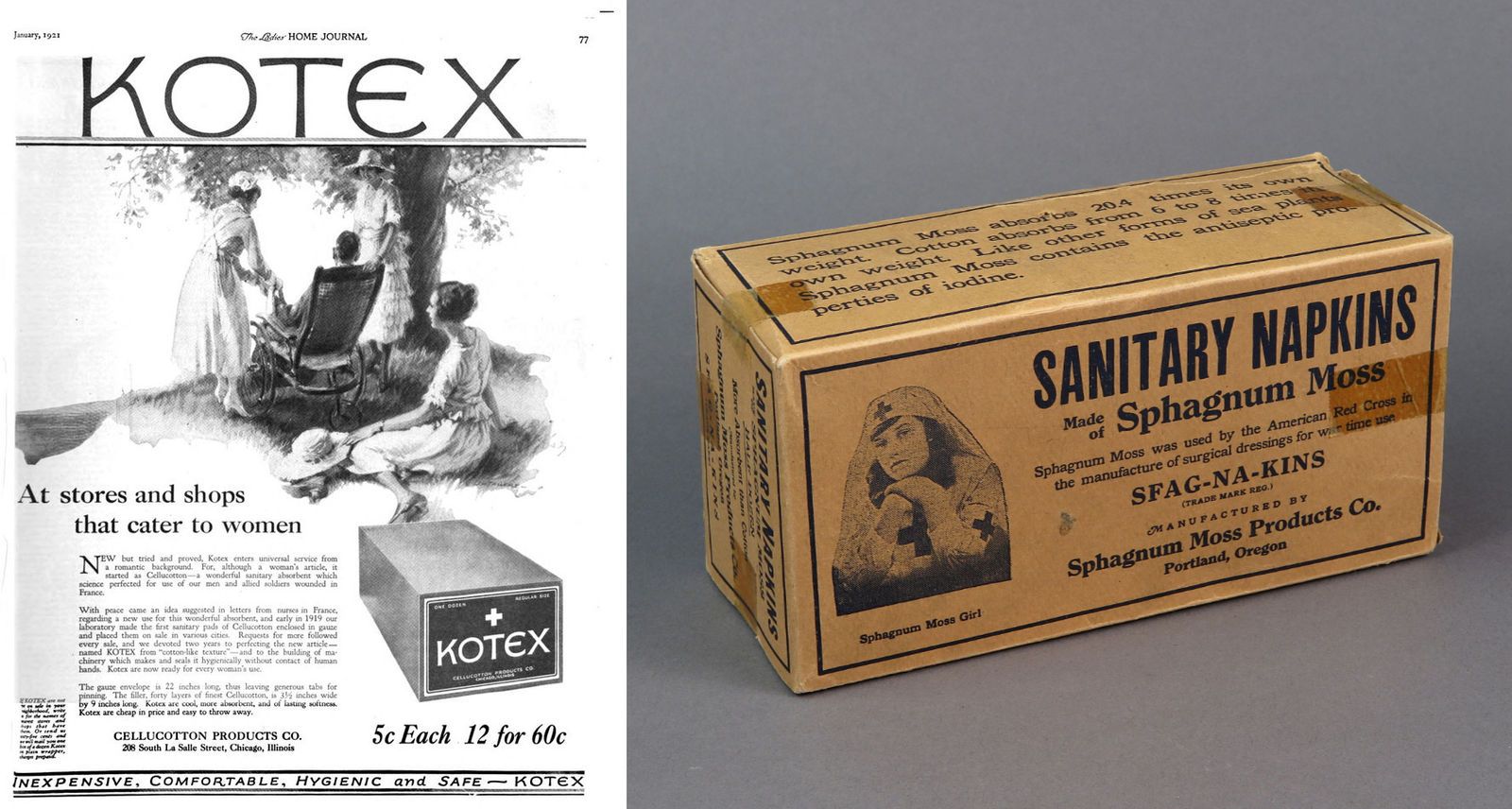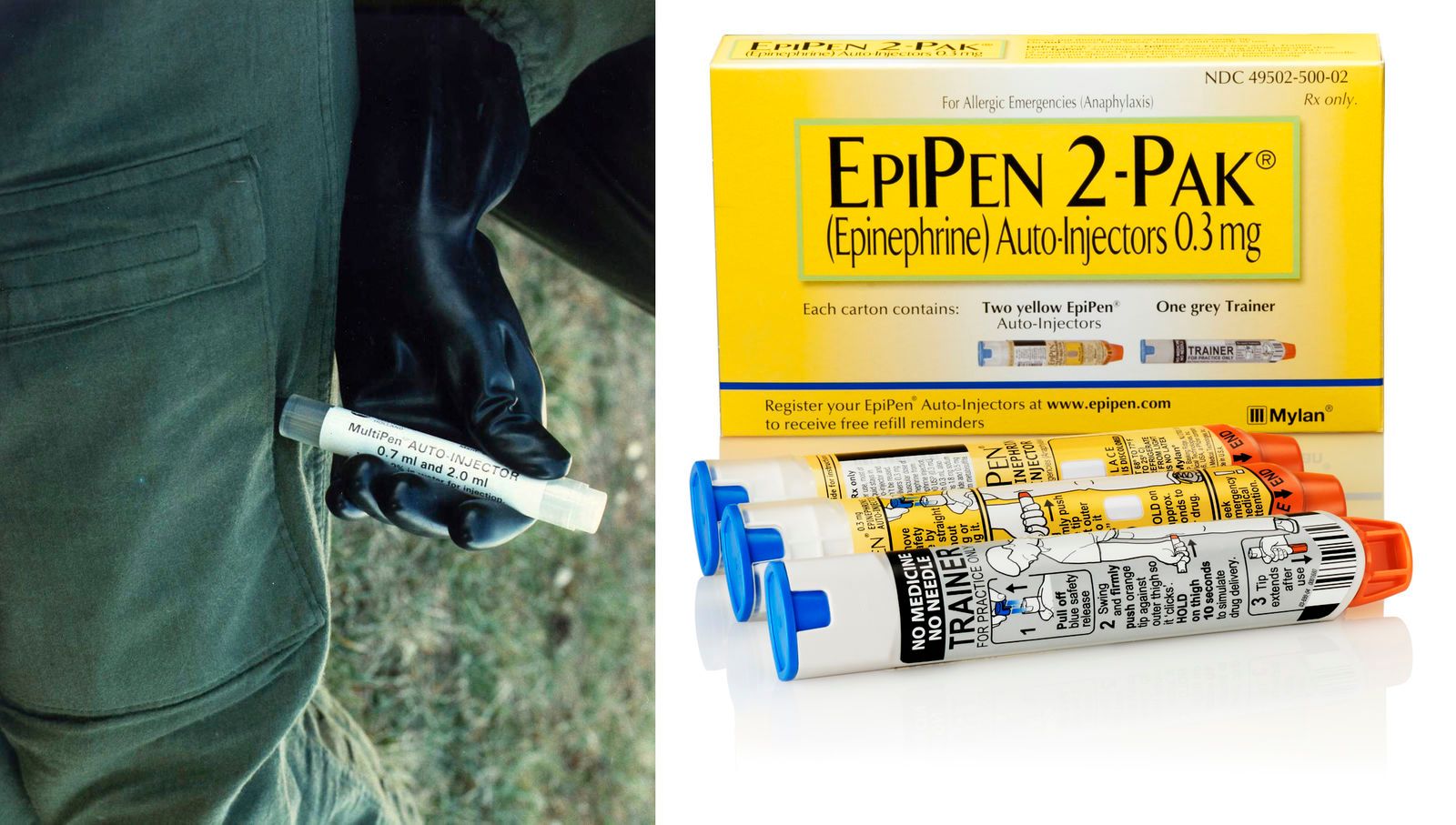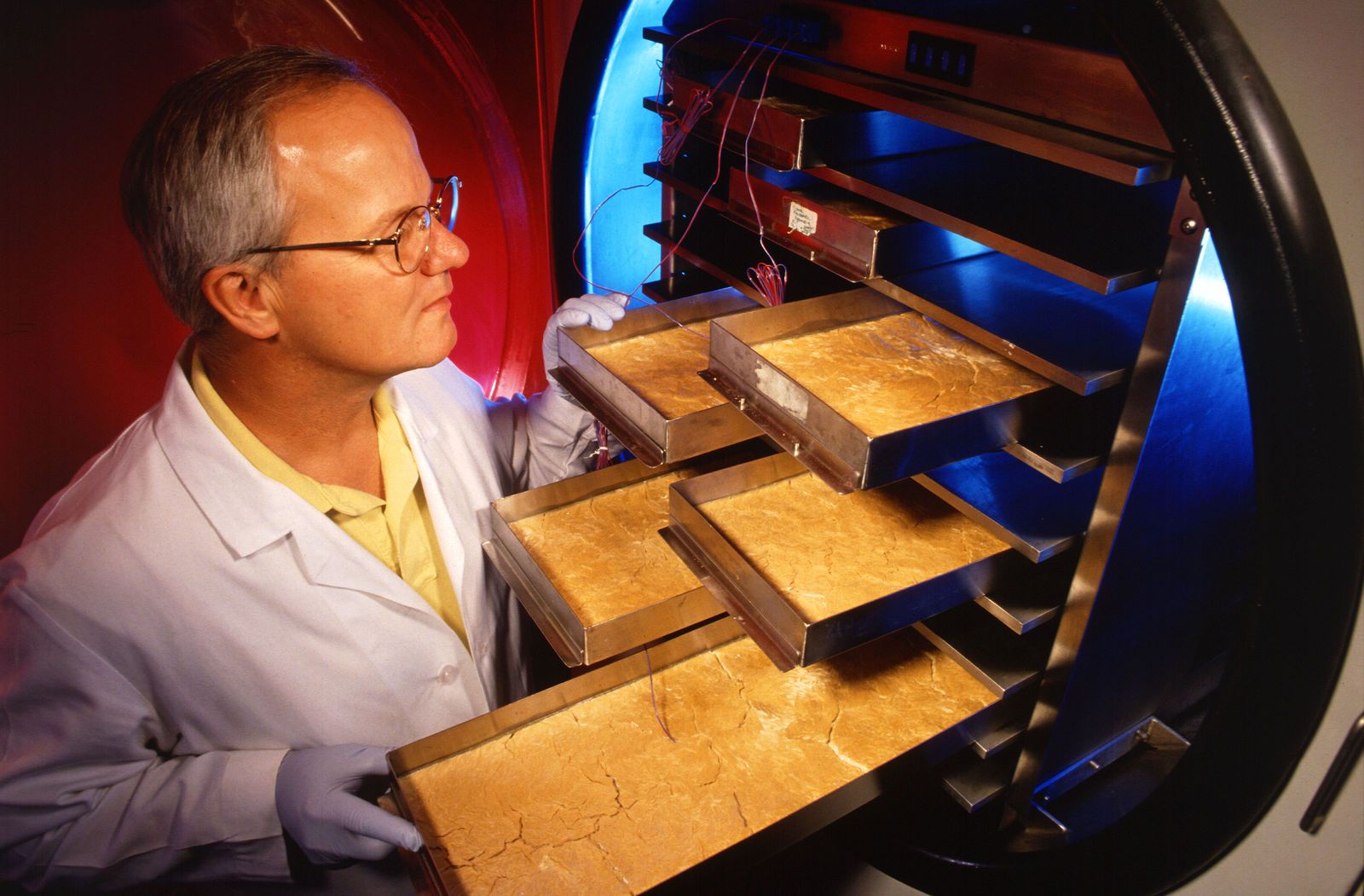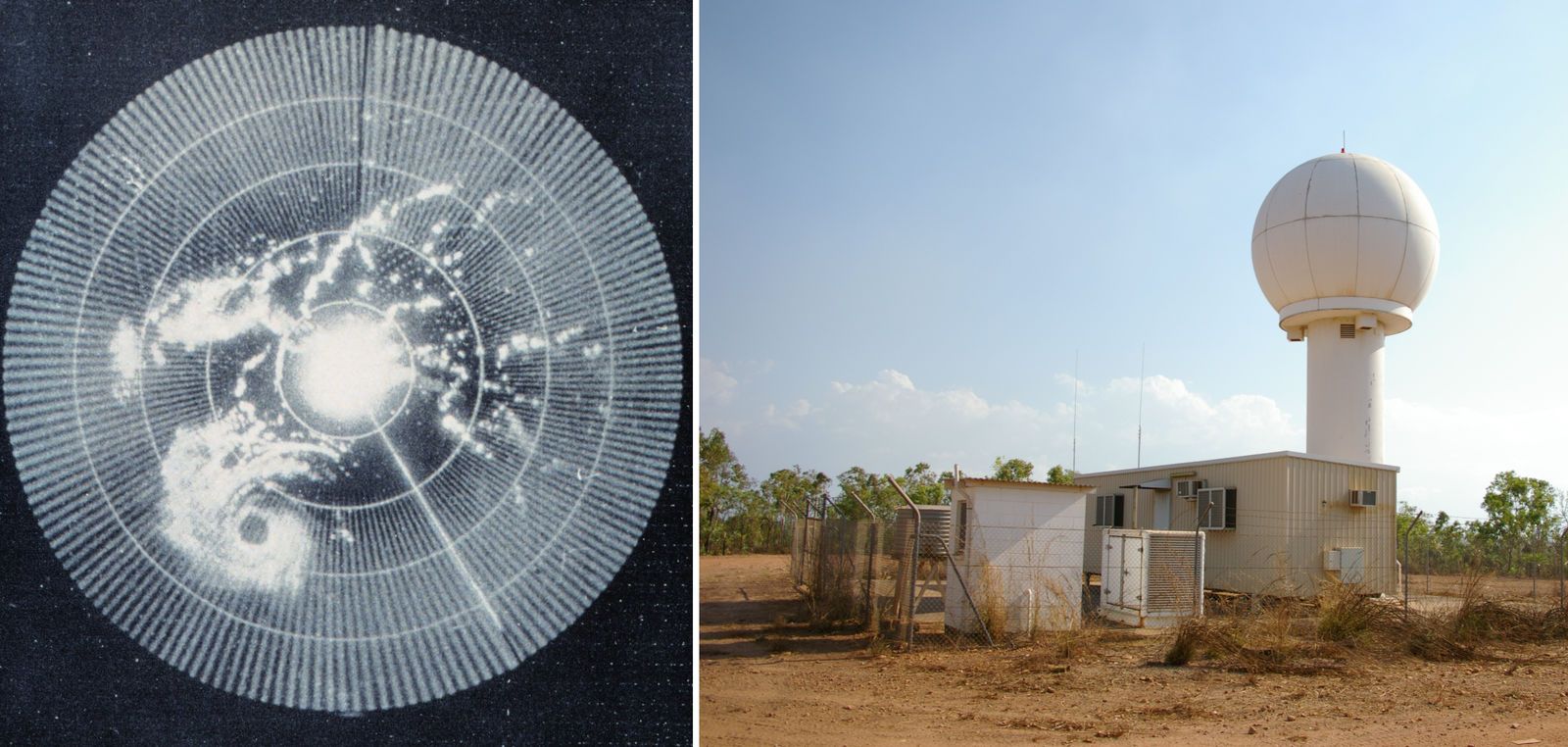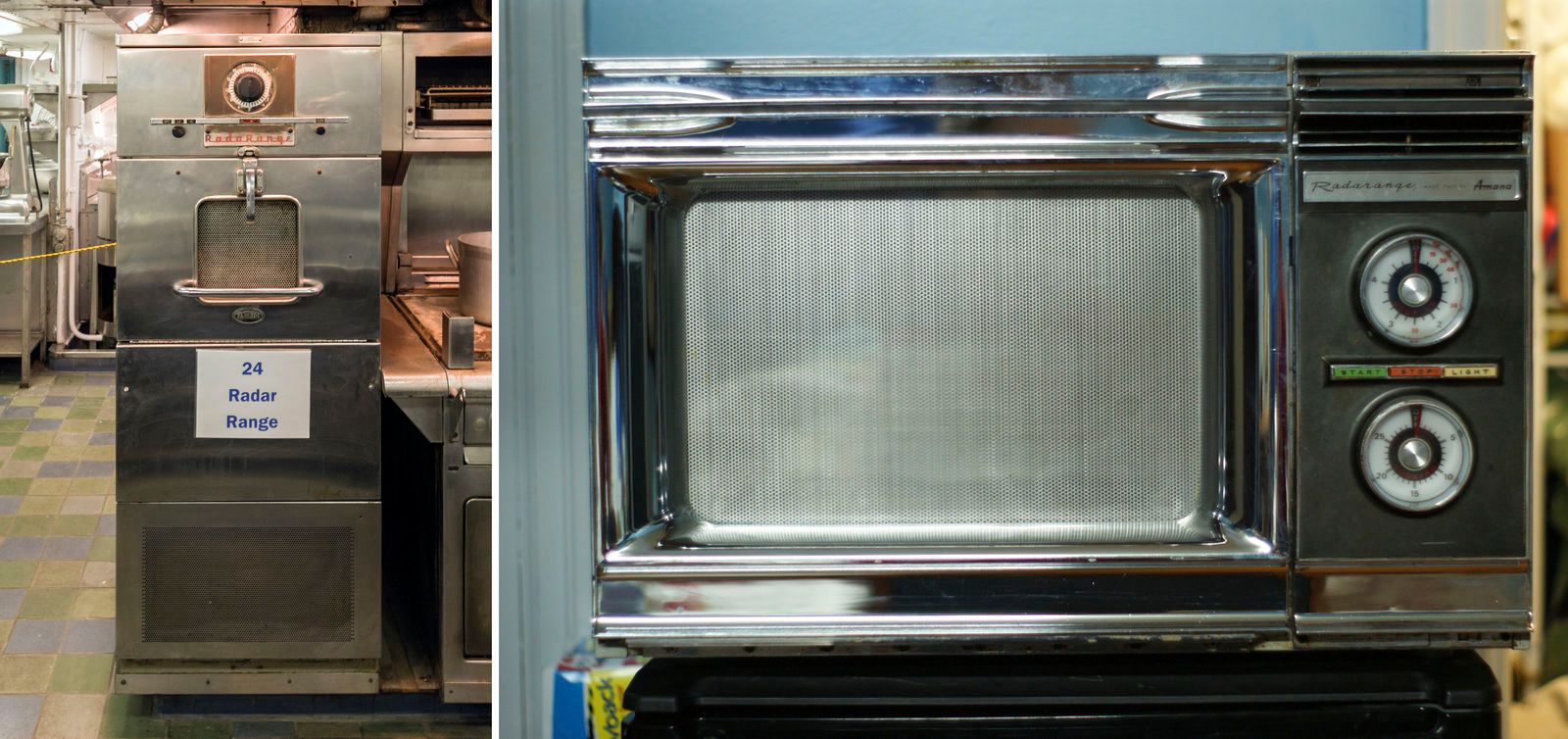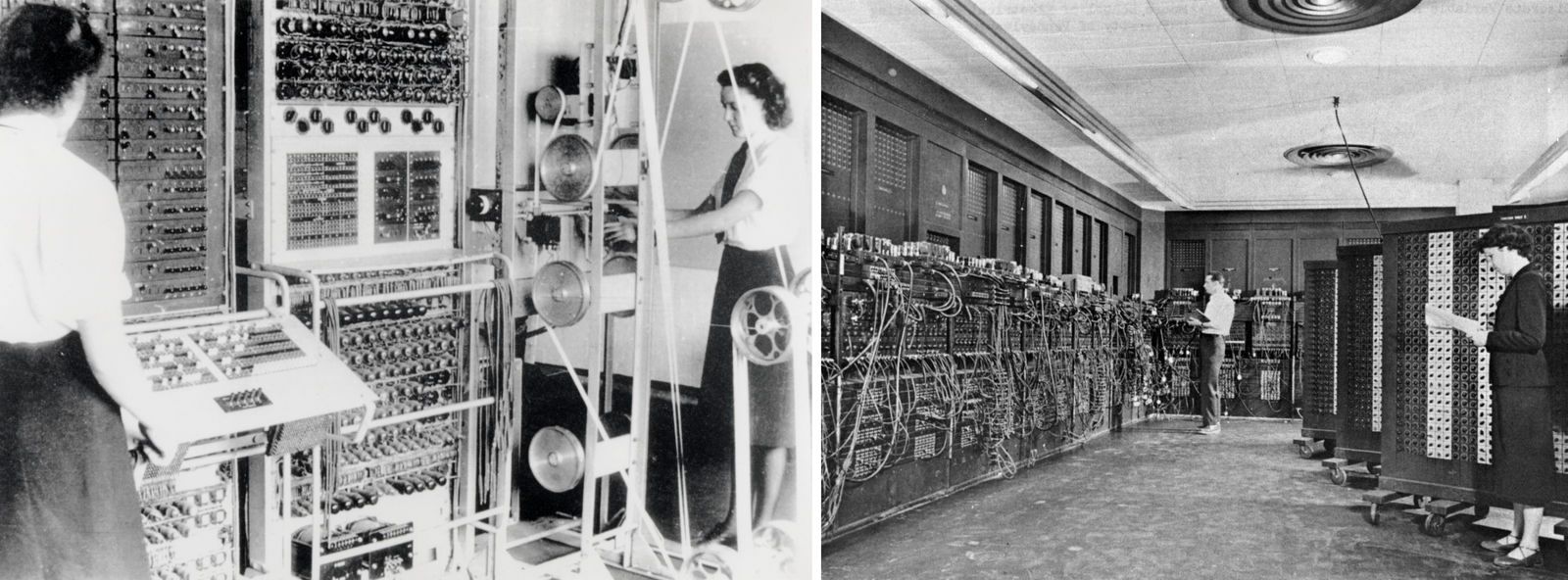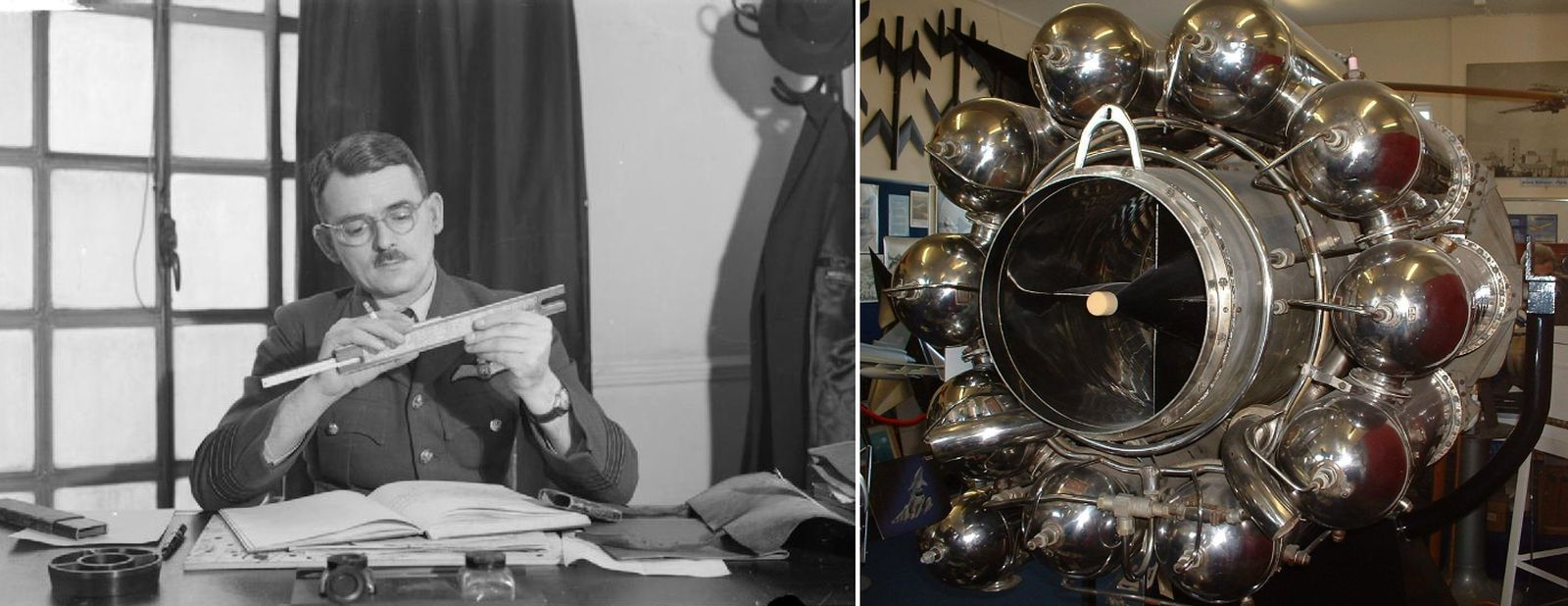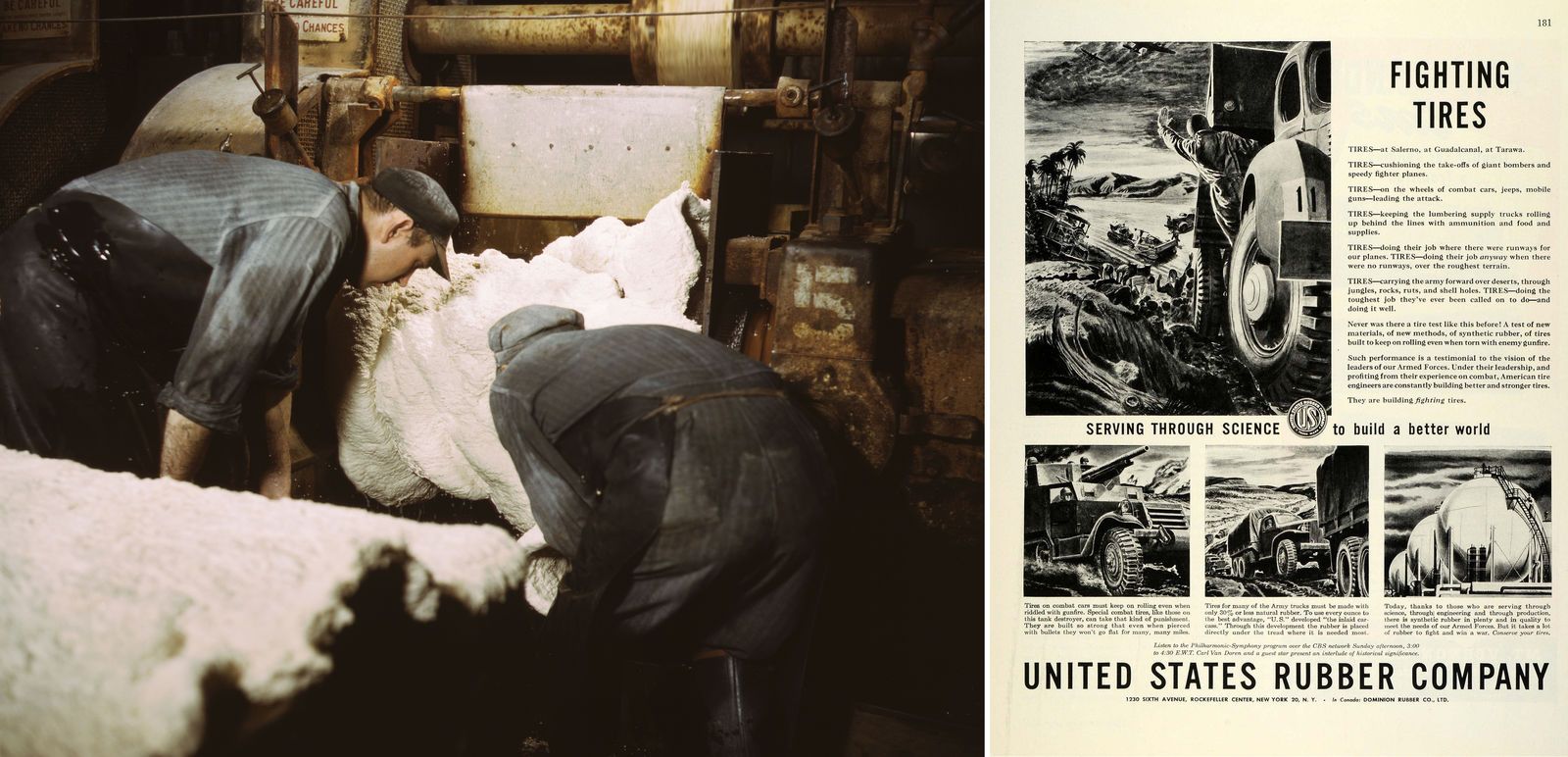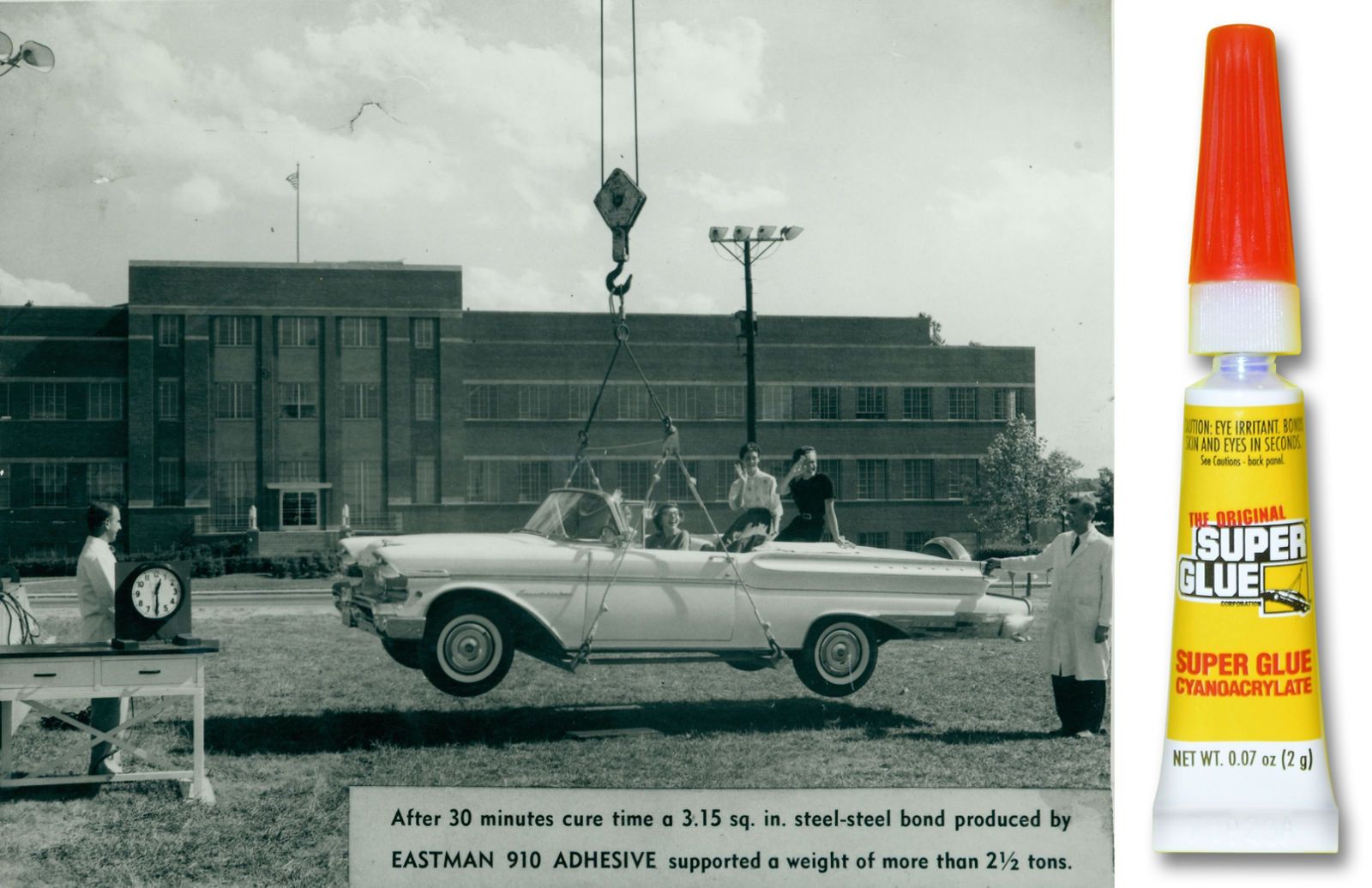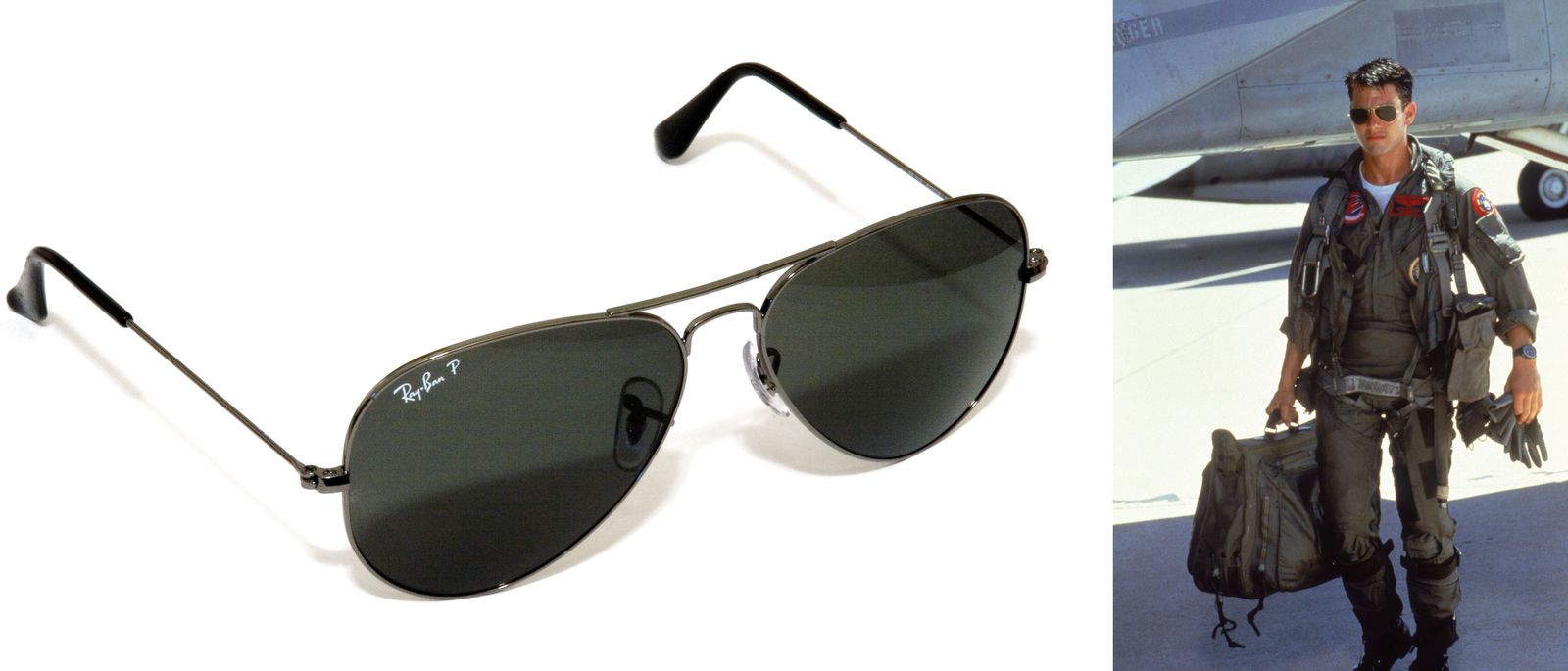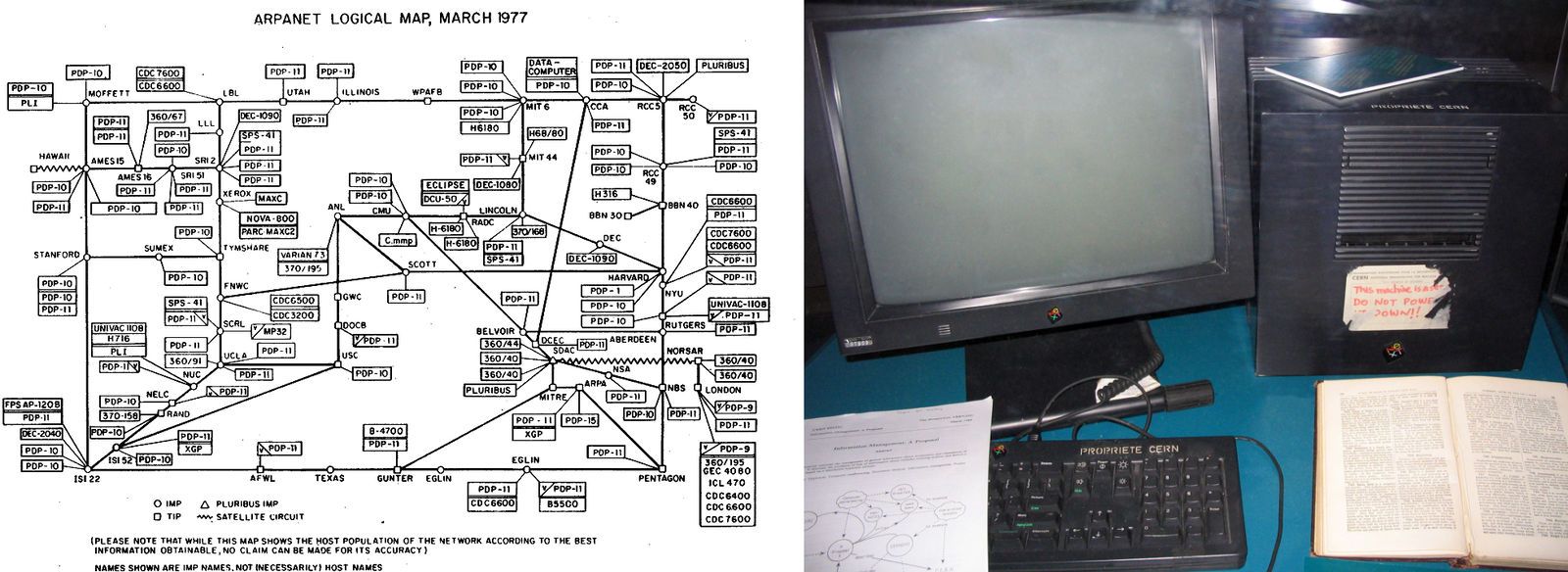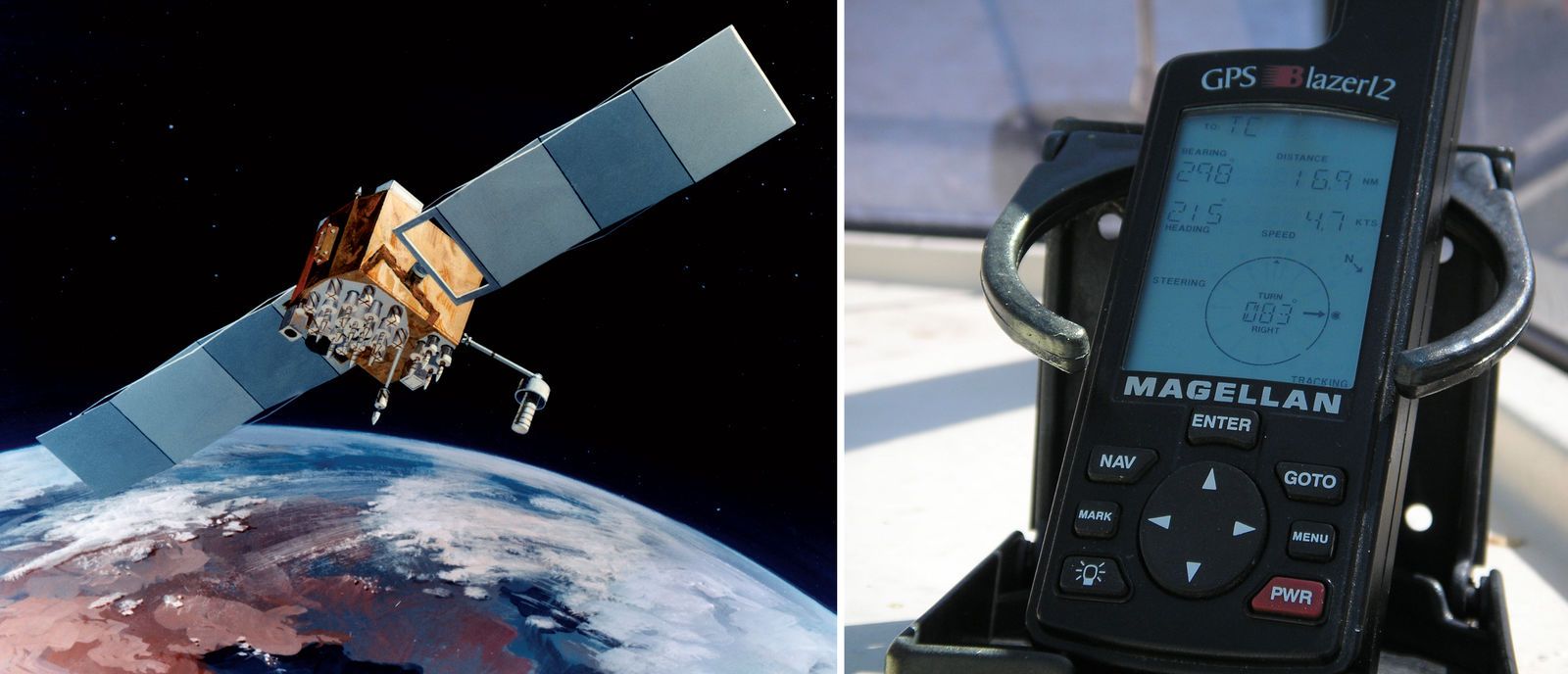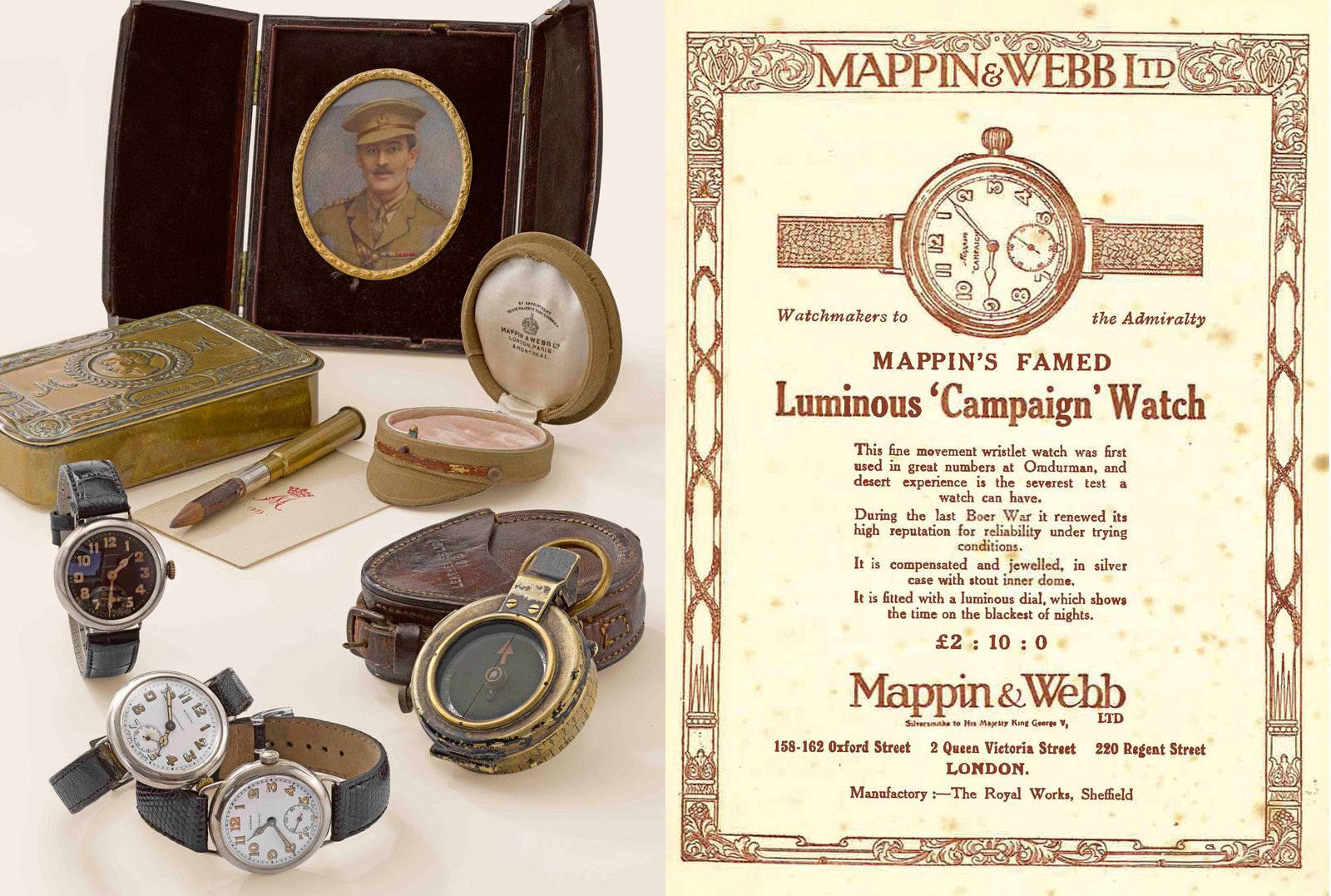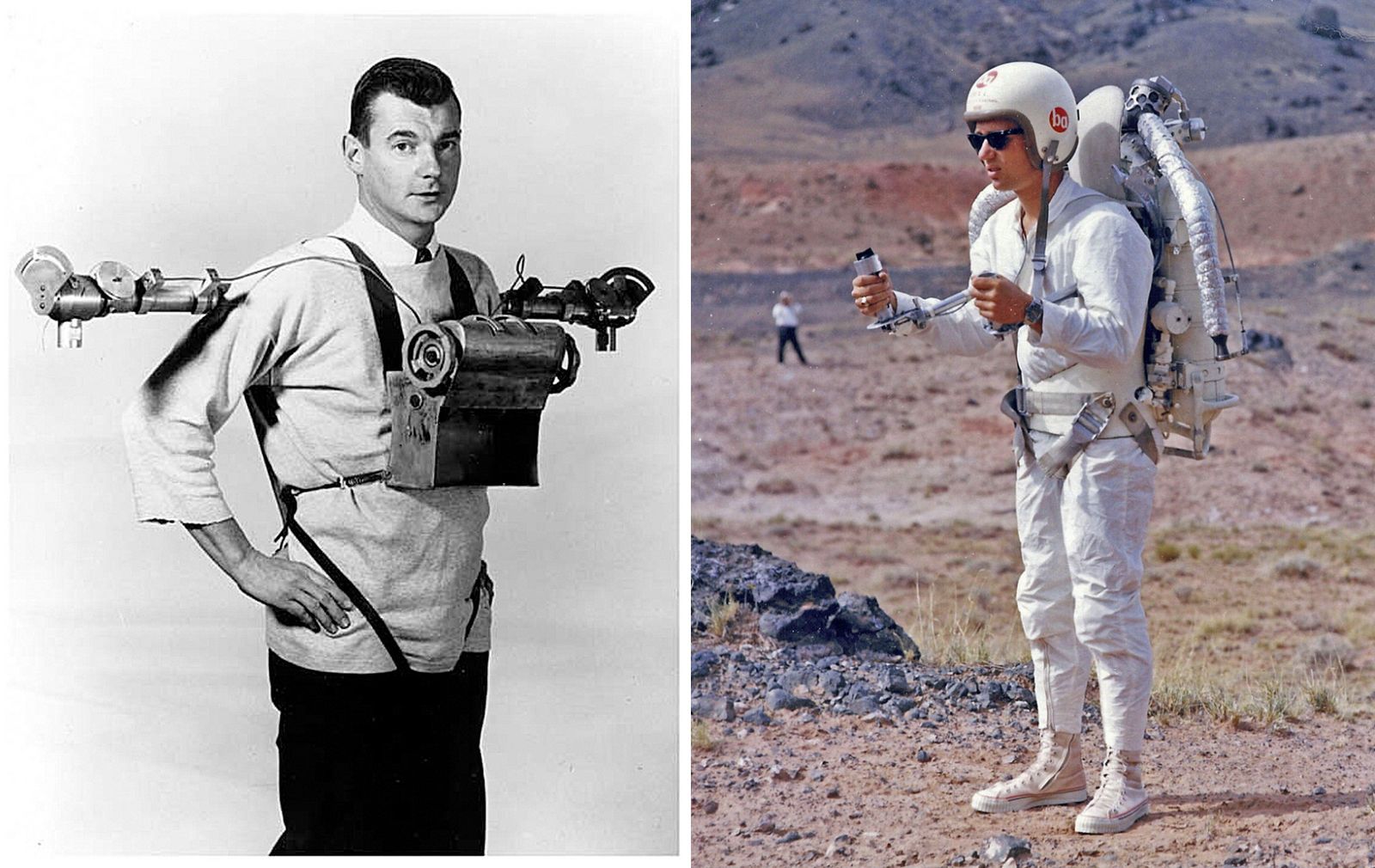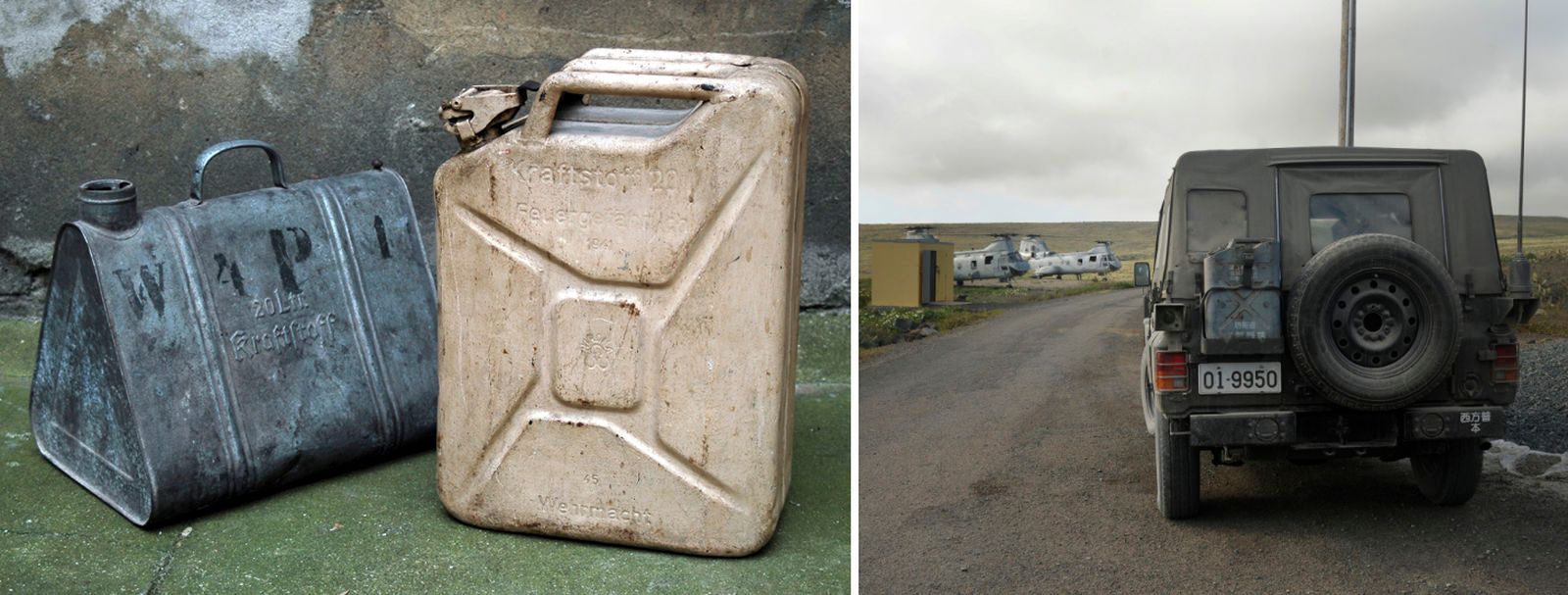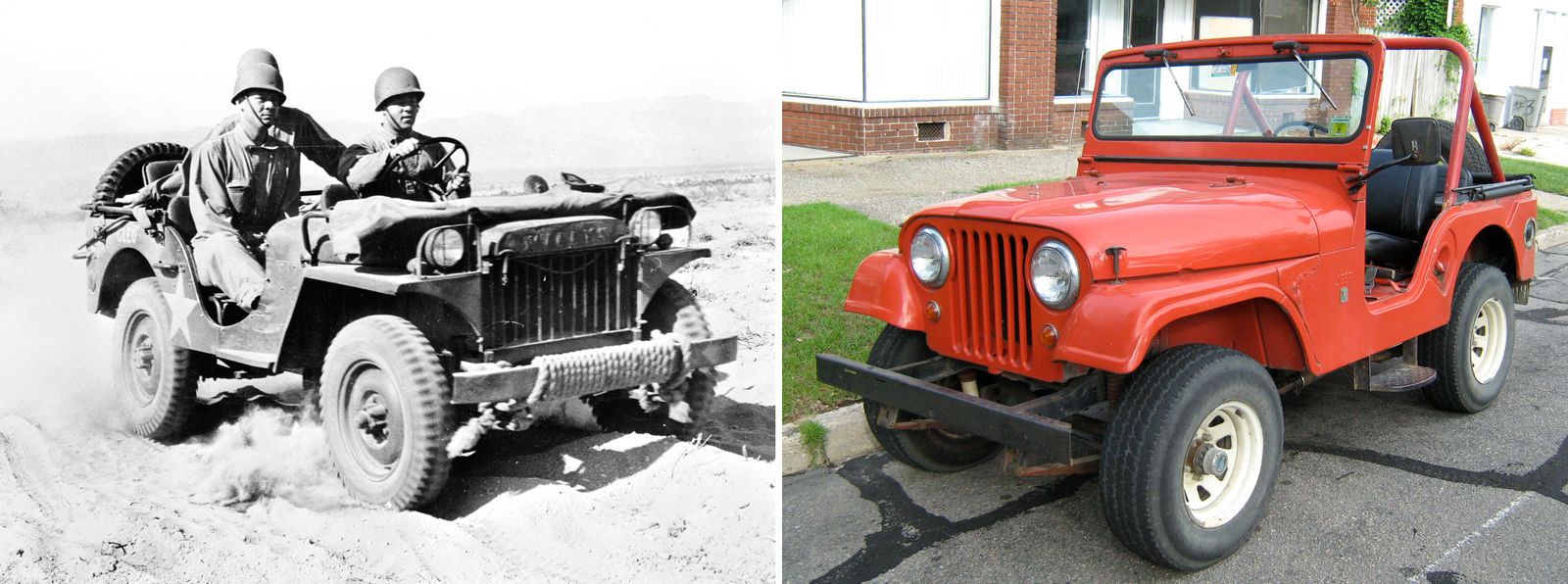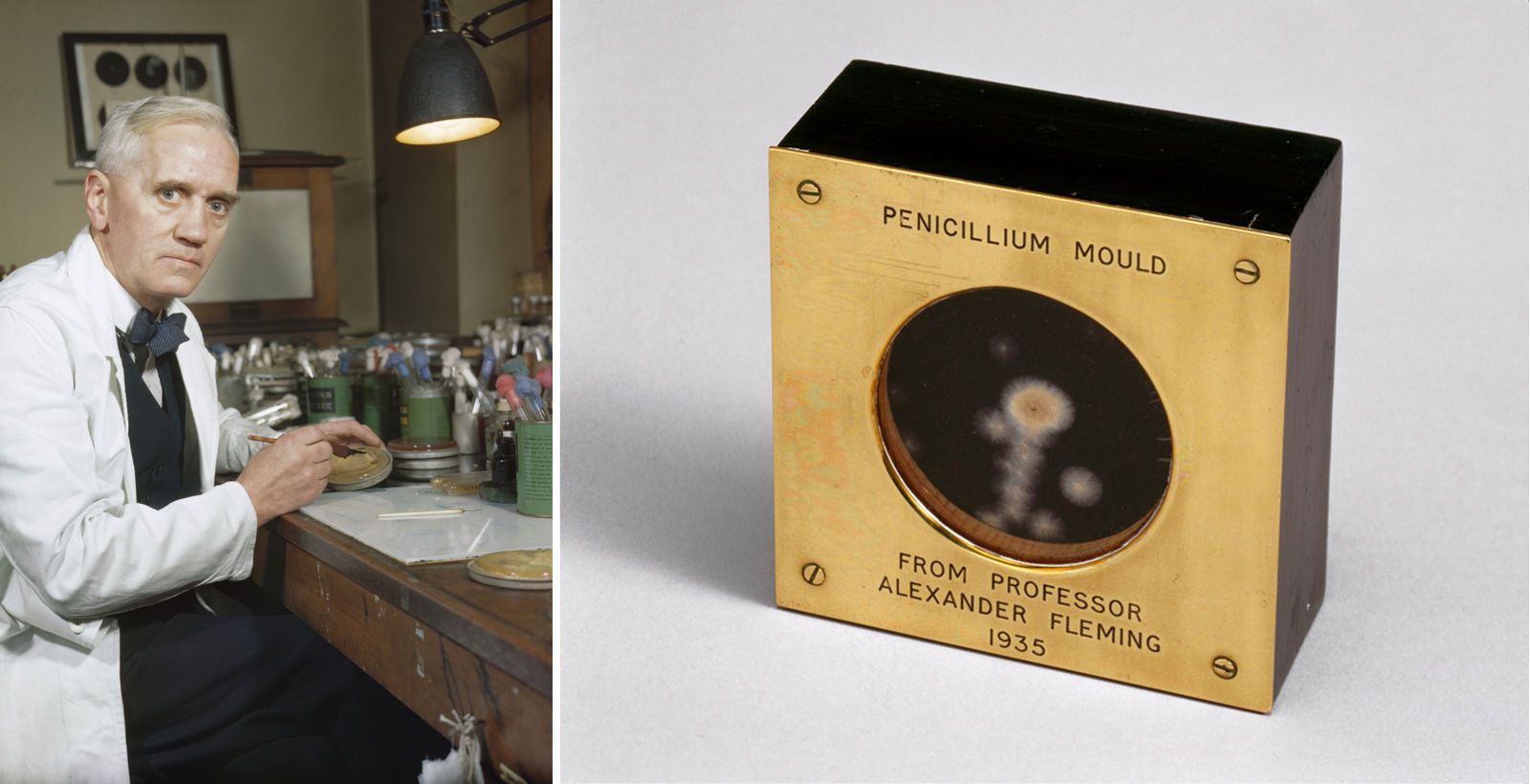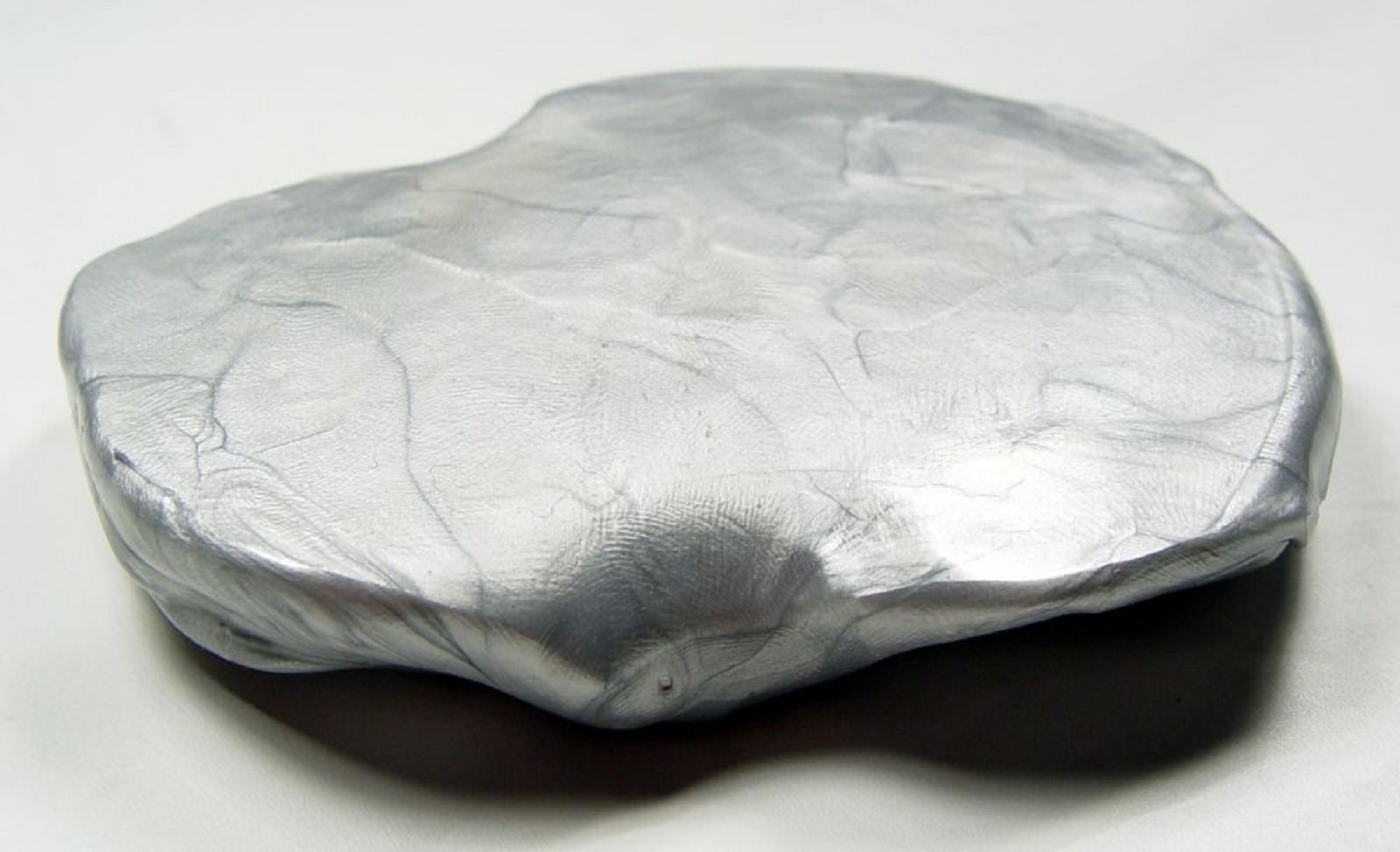War isn't exactly a topic to be gleeful over, but technology has always played its part. When countries go to war, it's the one with the best technology who's most likely to win. That's always been the case, whether talking about weapons used hundreds of years ago or tech used in more recent conflicts.
What we're focusing on here though is how military technologies in the 20th and 21st centuries found their way into civilian life and have improved the world as a whole.
Let's check out all the ways that we use original military tech in our everyday lives.
Digital Cameras
Digital camera technology originally started life in early spy satellites where they were used to capture high-resolution aerial images of enemy installations.
Digital camera technology originally started life in early spy satellites where they were used to capture high-resolution aerial images of enemy installations.
The technology progressed in the military sphere, especially during the Cold War and in the 1970s the first self-contained digital camera was created. This early technology would take years to progress into the DSLRs we use today, now digital photography is everywhere, even in our pocket.
Seen in this image - Left, the design of the KH-11 was believed to be based on that of the Hubble Space Telescope (pictured here in 1985). Right: A leaked digital image of the Nikolaiev 444 shipyard in the Black Sea taken by KH-11.
Walkie-talkies
The classic walkie-talkie, like many things on this list, started life during WWII.
The classic walkie-talkie, like many things on this list, started life during WWII. It was initially developed for infantry use, then for field artillery and tank crews to provide convenient communication on the battlefield.
In peacetime, the use of walkie-talkies spread into civilian life starting in public safety, appearing on job sites and more. Now they're available to purchase in a variety of forms including for private personal use.
About the image - A sergeant at Fort Myer, Virginia demonstrates a "walkie-talkie" in the field in 1942. On the right A U.S. Marine, with the 13th Marine Expeditionary Unit (MEU) Battalion Landing Team 1/4, radios in medical evacuation details during a downed-vehicle exercise in 2013.
Ambulances
In around 1487, the very first ambulances appeared on the battlefield.
In around 1487, the very first ambulances appeared on the battlefield.
They were used by the Spanish army to pick up wounded soldiers from war zones. They weren't usually sent in until after the battle had finished though, so many died waiting to be saved. In later years, horse-drawn carriages appeared in greater numbers working more effectively as ambulances and rescuing people quickly from active battlefields.
Ambulance use changed greatly when motorised vehicles were introduced and they quickly made their way into civilian life too.
About the image - On the left American Zouave ambulance crew demonstrating removal of wounded soldiers from the field, during the American Civil War. On the right a 1970’s era British Air Force Landrover Ambulance.
Duct Tape
During World War II, an adhesive tape was invented that was made from a rubber-based adhesive applied to a durable duck cloth backing.
The Duct Tape we know today comes in a variety of forms of strong, durable and highly adhesive tape that's multipurpose and can be used for a number of day-to-day applications.
The original Duct Tape was invented as a necessity of war. During World War II, an adhesive tape was invented that was made from a rubber-based adhesive applied to a durable duck cloth backing.
This tape was capable of resisting water and dirt and was strong enough to be adapted for a number of uses including repairing military equipment, vehicles and weapons. The idea originally came from the thought that seals on ammo boxes would cost soldiers precious time on the battlefield that might also cost them their lives and something new was needed.
The resulting product has improved over the years, so much so that Duct Tape has built up a name for reliability and durability and was even used by NASA during space flight. You've probably got some in your house too.
About the image - Duct tape can be used to repair virtually anything as demonstrated in this 1972 Apollo 17 mission shot.
Canned Food
Keeping troops fed, supplied with ammunition and with ready access to medication is an essential part of successful warfare. Starving soldiers are not effective soldiers.
The idea of food that could last longer and go further is not a new concept. In around 1810, the French government offered a large cash reward to anyone who could come up with a cheap way to preserve large amounts of food. One investor discovered that food cooked inside a jar did not spoil unless the seals leaked and so sealed food containers were born. These were ideal for supplying troops - though somewhat cumbersome.
In later years, canned foods took over. During WWI soldiers generally survived on rations of low-quality canned foodstuffs including corned beef, canned sausages, pork and beans and the like. Production of canned food allowed commanders to transport great quantities of food for troops to survive on.
Canned foods made their way in the civilian markets and became a staple of grocery store and supermarket shelves for years to come.
About the image - A Napoleonic era Appert canning Jar is pictured next to a 1966 shot of U.S. Airman's C-rations
Drones
The humble drone began life as an unmanned aerial vehicle (UAV).
Nowadays drones are such a common sight that regulating them has become a headache for governments and there are all sorts of consumer drones available whether flying for fun or for professional photography and videography.
The humble drone began life as an unmanned aerial vehicle (UAV). These pilotless air vehicles were remotely controlled to survey battlefields or go on missions deemed too "dull, dirty or dangerous" for human beings. The idea for drones started well over a Century ago when Austria sent unmanned bomb-filled balloons to blow up Venice in 1849. Technology has progressed a lot since then. Nazi Germany pushed the technology forward during WWII with a number of UAVs aimed at dealing out death, but the US Military is perhaps most well-known for its drone use in more recent years.
Since the 1990s, UAVs have been used to launch Predator and Hellfire missiles to attack ground targets during a range of conflicts. It is now thought that over 50 countries have employed military drones in one form or another since 2013. Now the skies are full of drones, many with cameras for capturing leisure activities.
About the image - Israel's Tadiran Mastiff drone is seen by many military historians as the world's first modern military drone.
- The best drones 2018: Top rated quadcopters to buy, whatever your budget
- Drone flying in the UK and US: All the rules and regulations explained
Blood banks and transfusions
The carnage and devastation of the First World War saw the need for the rapid development of blood banks and transfusion techniques.
The carnage and devastation of the First World War saw the need for the rapid development of blood banks and transfusion techniques.
Canadian Lieutenant Lawrence Bruce Robertson was the first to push for the adoption of blood transfusion techniques to help save the wounded. The success of his techniques led to increased use.
The very first blood transfusions had to be made from person to person due to issues with coagulation. Transfusion techniques and storage solutions quickly improved and blood banks were set up to help with casualties.
Medical advances soon saw the techniques move into the civilian world where transfusions and donations continue to save lives even today.
About the image - Left, a WWII era information poster issued by the Ministry for Health. On the right, Private Roy W. Humphrey of Toledo, Ohio is being given blood plasma after he was wounded by shrapnel in Sicily in 1943.
Space Programme
After WW2 the US took those German scientists involved in the V2 rocket programme back to the states to help them win the space race.
During WWII, Nazi inventors worked on creating various long-range rockets for delivering explosive payloads to enemy targets.
These were the first steps towards putting a man-made object into space. After the war, the US took those German scientists involved in the V2 rocket programme back to the states to help them win the space race and to be the first nation to reach the moon.
Space travel has since become a passion for many, including Elon Musk and more. Travel into Earth's orbit has also been used for commercial purposes with satellite navigation systems, satellite television and satellite radio all coming about thanks to the first developments.
About the image - On the left German rocket scientist Wernher von Braun, with a broken arm, surrenders to allied forces in 1945. On the right the July 1950 with the launch of the first rocket from Cape Canaveral, Florida: the Bumper 8. Shown above, Bumper 8 was an ambitious two-stage rocket program that topped a V-2 missile base with a WAC Corporal rocket.
Night-vision
During WWII, the German Army was the first to develop military night vision devices. By the mid-1940s, the first night-vision scopes and rangefinders were mounted on Panther tanks and made their way onto the battlefield.
A smaller, man-portable night-vision system was later mounted onto Sturmgewehr 44 assault rifles taking the first steps towards widespread military use.
Night vision is now making its way into the civilian world in cameras and even being installed in modern cars to improve safety at night and make all our lives a bit easier.
About the image - On the right a WWII era "Vampir" man-portable system being used by the Wehrmacht. On the left a set of modern panoramic night visions goggles.
Sanitary Napkins
Ben Franklin originally invented pads to help stop wounded soldiers from bleeding while they received medical treatment.
Ben Franklin originally invented pads to help stop wounded soldiers from bleeding while they received medical treatment. In later years, this simple invention was adapted and changed to help women coped with their menstrual flow.
Things have changed a lot since then. The original menstrual pad manufacturers were also bandage makers, which gives an idea of what they were like initially.
About the image - A 1923 Kotex advert sits alongside a 1920 box of Sphagnum Moss sanitary Napkins.
EpiPen
The EpiPen started life in the military as an autoinjector intended for use by soldiers in the event of exposure to chemical warfare toxins and nerve agents.
The original EpiPen started life in the military as an autoinjector intended for use by soldiers in the event of exposure to chemical warfare toxins and nerve agents.
The design allowed for fast, safe and easy injection of essential medication with ease. This technology made its way into the civilian sector with hand-held devices intended to be carried by those with severe allergies for fast injection of Epinephrine in emergency situations. Countless lives have been saved since.
About the image - On the left the original military auto-injector used for rapid administration of nerve gas antidotes. On the right the civilian application of the technology for the administration of adrenaline to relieve allergic reactions.
Freeze Drying
During WW2 blood serum was freeze-dried in order to the prevent it from spoiling during transport.
The process of freeze-drying was originally invented in 1906 but it was put to increased use during WWII when blood serum was freeze-dried in order to the prevent it from spoiling during transport. This allowed for medical treatment of the wounded and saved countless lives.
In the years that followed, the freeze-drying technique developed further into the processing of food, manufacture of pharmaceuticals, manufacturing of ceramics, production of synthetics and much more besides.
Weather Radar
In the 1800s German physicists discovered that radio waves could be reflected from solid objects. It was later used to defend nations from attack.
Radar is another technology we take for granted in everyday life. It's also another one that began its inception in the 1800s when German physicists discovered that radio waves could be reflected from solid objects.
This knowledge was later used during WWII when Watson-Watt made advancements in the technology that allowed Allied forces to use radar for air defence during the Battle of Britain and beyond.
During World War II, the people operating the radar machines discovered that weather could hinder the readouts and cause echoes on the machines. As radar evolved the technology developed to allow scientists to study the data then detect and decipher the weather. This allowed for a prediction of weather including rain, snow, hail and more.
Modern weather radar is a lot more accurate and helps in the prediction of weather for the days and weeks ahead.
About the image - Left, Hurricane Abby approaching the coast of British Honduras in July 1960. Right the Bureau of Meteorology Berrimah radar, in Australia's Northern Territory.
Microwave Ovens
The radar technology developed during World War II was later adapted for different uses. One of which was microwaves.
The radar technology developed during World War II was later adapted for different uses.
One of these included the production of technology capable of creating electromagnetic waves on a tiny scale - hence "microwave". That technology could be used to rapidly heat and cook food by passing microwave radiation through it. This radiation causes the molecules in food to vibrate and heat quickly.
The original range of microwave ovens were named Radarange and sold in 1946. They were too large and expensive for most consumers. It wasn't until 1967 that they started to become commonplace in commercial and residential kitchens across the world.
About the image - Original Raytheon Radar Range oven on the NS Savannah in Baltimore. Right: a domestic 1971 radar range.
Computers
The original computers used punch cards and mechanical looms to solve problems.
The original technology for computers was a lot more archaic than it is today. The original computers used punch cards and mechanical looms to solve problems.
The technology improved at greater speed during World War II though, when an electronic digital programmable computer named Colossus was invented to help decipher messages sent by the Nazi encryption machines.
These computers were a small part of helping the Allies win the war and kick-started the age of the modern digital computer. In the decades that followed, technology has vastly improved and shrunk greatly, with computers even fitting in our pocket.
About the image - Left, Colossus in action at Bletchley Park in 1943. Right, The American ENIAC in Philadelphia, Pennsylvania at the Ballistic Research Laboratory in 1947.
Jet engines
Frank Whittle was working on a design for a jet engine during the late 1920s and filed an official patent in 1930. But it wasn't until WW2 that it took off.
Inventor Frank Whittle was working on a design for a jet engine during the late 1920s and filed an official patent in 1930. But it wasn't until the later years of World War II that jet engine technology would advance in leaps and bounds.
In 1944 the world's first jet-fighter aircraft took to the skies in the form of the Messerschmitt Me 262. Luckily for the Allies, production was limited due to the shortage of supplies and materials and this invention wouldn't help Nazi Germany win the war.
In the years that followed, jet engine technology continued to improve and is now a common staple of planes in the skies above us.
About the image - Left, Frank Whittle at the Ministry of Aircraft Production ion 1943. Right, Whittle’s W-2 jet engine, used to power the Gloster E.28/39, the first British aircraft to fly with a turbojet engine.
Synthetic Rubber Tyres
Historically, vehicle tyres were manufactured using natural rubber with suppliers from Southeast Asia. Things changed when suppy was difficult during the war.
Historically, vehicle tyres were manufactured using natural rubber with suppliers from Southeast Asia.
During World War II when Japan occupied that region supplies were unavailable to Allied forces and they were forced to adapt. Industrial manufacture of synthetic rubber tyres was therefore required to counter the problem.
Synthetic rubber is now used for all sorts of applications but continues to be used in the tyre industry.
About the image - This sheet of synthetic rubber coming off the rolling mill at the plant is now ready for drying, B.F. Goodrich Co., Akron, Ohio in 1941. On the right, a 1944 United States Rubber Company advert for Fighting Tires.
Super-glue
During WWII scientists were employed to find a material suitable for creating clear plastic gun sights. During this process, Superglue was accidentally born.
During WWII scientists were employed to find a material suitable for creating clear plastic gun sights for weapons. During that process, these researchers made an accidental discovery of a substance that would stick to everything it came in contact with and Superglue was born.
It was rejected for military use, but was later sold commercially in 1958 and famously used to suspend a car from a crane to demonstrate its adhesive capabilities.
About the image - The now famous 1957 demonstration of the strength of Eastman 910 adhesive which gave to the rise to the modern day hanging-car logo on the tube of super-glue.
Aviator Sunglasses
Aviator sunglasses were originally developed in the 1930s for use by military pilots to protect their eyes while flying.
Aviator sunglasses were originally developed in the 1930s for use by military pilots to protect their eyes while flying.
They replaced the classic flight goggles and had many benefits over them too - being lighter, thinner and snazzier too. Eventually, the aviator sunglasses produced by the company behind the original pilot's glasses were trademarked as Ray Bans and have since risen to iconic status in the civilian world.
The Internet
The World Wide Web that we know and love originally started life back in 1977 in the form of its forefather the Advanced Research Projects Agency Network.
The World Wide Web that we know and love originally started life back in 1977 in the form of its forefather the Advanced Research Projects Agency Network (ARPANET). This network technology, along with TCP/IP became the technical foundation of the Internet as we know it today.
Before this time, development of computer technologies were advancing to a point where in the 1950s a concept was required for a wide area network to connect computers in science labs. It was the Cold War though that led to the need for ARPANET and the beginning of the modern internet.
About the image - Left, a 1977 diagram showing the structure of the ARPANET network. Right: Berners-Lee’s first-ever web server at CERN.
GPS
In the 1990s, some of the satellites used for a space-based radio navigation systems were originally owned and operated by the United States government.
After World War II and the space race that came shortly afterwards, it wasn't long before mankind started sending satellites into the atmosphere. In the 1990s, some of these satellites would be used for a space-based radio navigation system that was originally owned and operated by the United States government.
This system was perfect for keeping soldiers safe on the battlefield but also for identifying targets, improving mapping, tracking plane trajectories and more. As the technology expanded and improved it has moved into the civilian world too.
Now we're used to having GPS in our everyday lives - including navigation in our pocket thanks to the invention of GPS capable smartphones.
About the image - An artist's impression of the Navstar-2F satellite and a modern-day maritime GPS receiver.
Wristwatches
The first wristwatches were worn by soldiers in order to allow the synchronisation of military manoeuvres on the battlefield without alerting the enemy.
Some of the first wristwatches were worn by soldiers and military men in order to allow the synchronisation of military manoeuvres on the battlefield without alerting the enemy.
The importance of this synchronisation was recognised throughout the military organisations across the world and popularity began to spread. Later, wristwatches made their way into civilian life where they transformed into fashion accessories before becoming part of everyday life.
About the image - A press image shows three original Mappin & Webb Campaign watches, two Boer War examples owned by Officer Halpern, who is depicted in the portrait (top and middle) and one First World War example (bottom). On the right a vintage advert for the Campaign watch.
Jet pack
In the years around WWII and after, the US military invested time and money in research into personal jetpacks and propulsion devices.
In the years around WWII and after, the US military invested time and money in research into personal jetpacks and propulsion devices.
The initial intention of these devices was to allow easy reconnaissance of enemy positions and installations, but also to quickly and easily get soldiers out of harm's way. In later years, there were many attempts to create jetpacks for personal use in the civilian world.
About the image - On the left, the 1957 jet vest, on the right, Bill Suitor geared up and ready to demo the Rocket Belt for NASA and the USGS - circa 1966.
Jerrycan
The jerrycan was originally designed by Germany in the 1930s for military use to hold 20 litres of fuel.
The jerrycan was originally designed by Germany in the 1930s for military use to hold 20 litres of fuel. This new design was a leap forward as previous designs required tools and funnels to use and were cumbersome when what was needed was convenience. The robust jerrycan design has been popular ever since.
About the image - On the left two WWII era German fuel containers. The one on the right is the now-classic Wehrmacht-Einheitskanister made by Nirona in 1941. In the picture on the right, a near identical canister can be seen on the rear of the Japanese Defence Force vehicle in 2012.
The Jeep
The Jeep was a multi-purpose and fully capable four-wheel-drive vehicle that was designed to be used in all theatres of combat during the second world war.
The iconic Willys Jeep is an instantly recognisable vehicle with a distinct shape.
The Jeep was a multi-purpose and fully capable four-wheel-drive vehicle that was designed to be used in all theatres of combat during the second world war. It was the primary vehicle of the United States Military and its WWII Allies and continued in popularity in the years of peace.
About the image - A U.S. Army Willys MA jeep is put through its paces in 1942 and on the right an open-topped V6 CJ-5 in 2008.
Penicillin
During World War I Alexander Fleming discovered a type of mould that was releasing a substance that was inhibiting bacterial growth. Penicillin was born.
During World War I Alexander Fleming served as a captain in the Royal Army Medical Corps during which time he witnessed many deaths of soldiers from sepsis resulting from infected wounds. The Antiseptics of the time were not effective and actually did more harm than good, especially with deep wounds.
In later years Fleming discovered a type of mould that was releasing a substance that was inhibiting bacterial growth. That substance was later named penicillin and was mass-produced in the years that followed, successfully treating injured soldiers during WWII.
About the image - Alexander Fleming, who first discovered the mould Penicillin Notatum, is seen in his lab at St Mary's, Paddington during WWII. On the right, a sample of penicillin mould presented by Fleming to Douglas Macleod, 1935.
Silly putty
During the second world war when the United States was working on developing an alternative to rubber it invented Silly Putty by mistake.
During the second world war when the United States was working on developing an alternative to rubber it tried various different sources.
General Electric worked on the solution and created a bouncy material that was made from boric acid and silicone oil.
The resulting material didn't really fit the bill, but it later piqued the interest of Peter Hodgson who bought the rights to the design and renamed the product as Silly Putty.
Silly Putty was not only sold as a toy, but it was also used by astronauts on the Apollo 8 mission to keep instruments in place.

